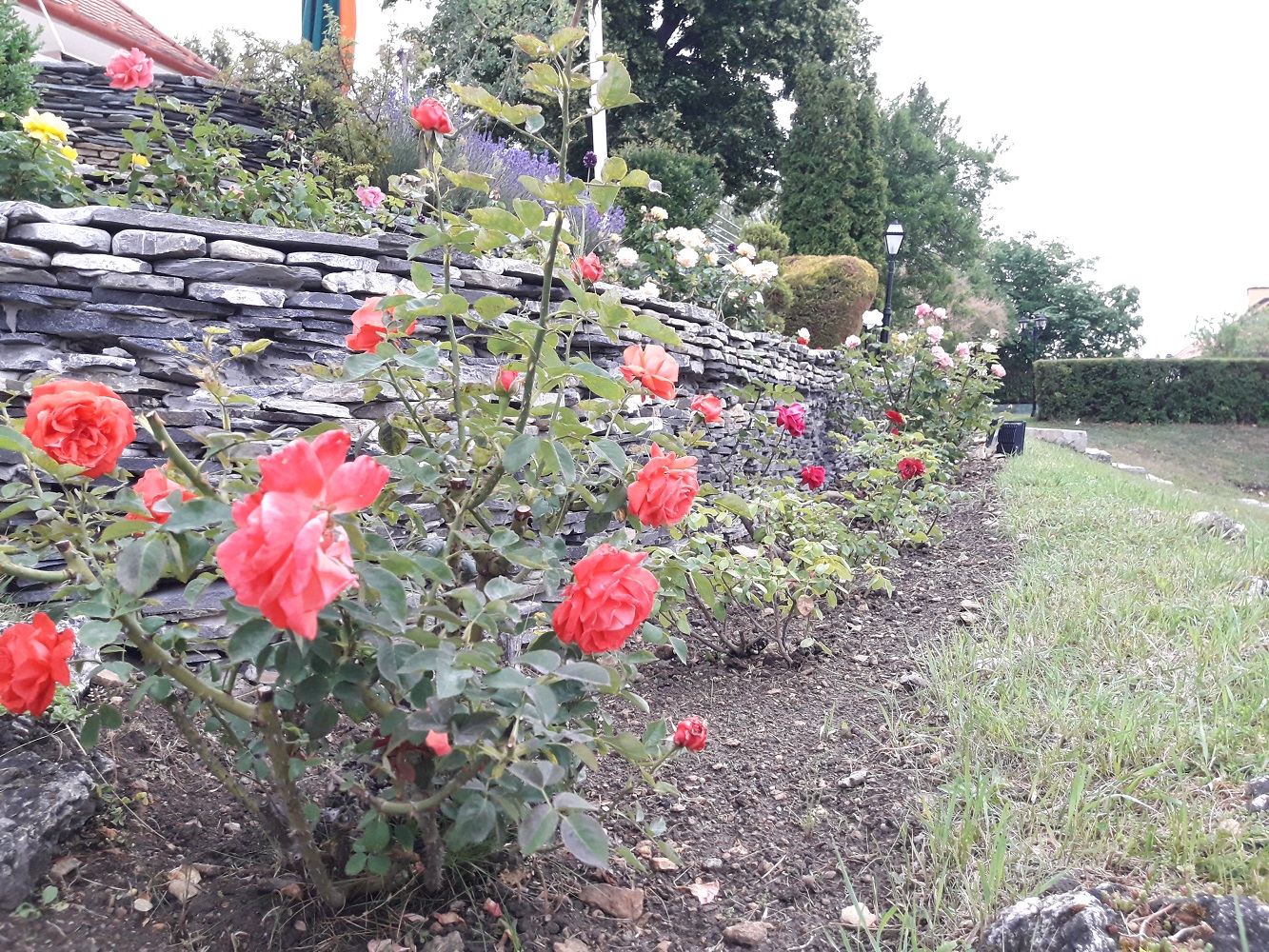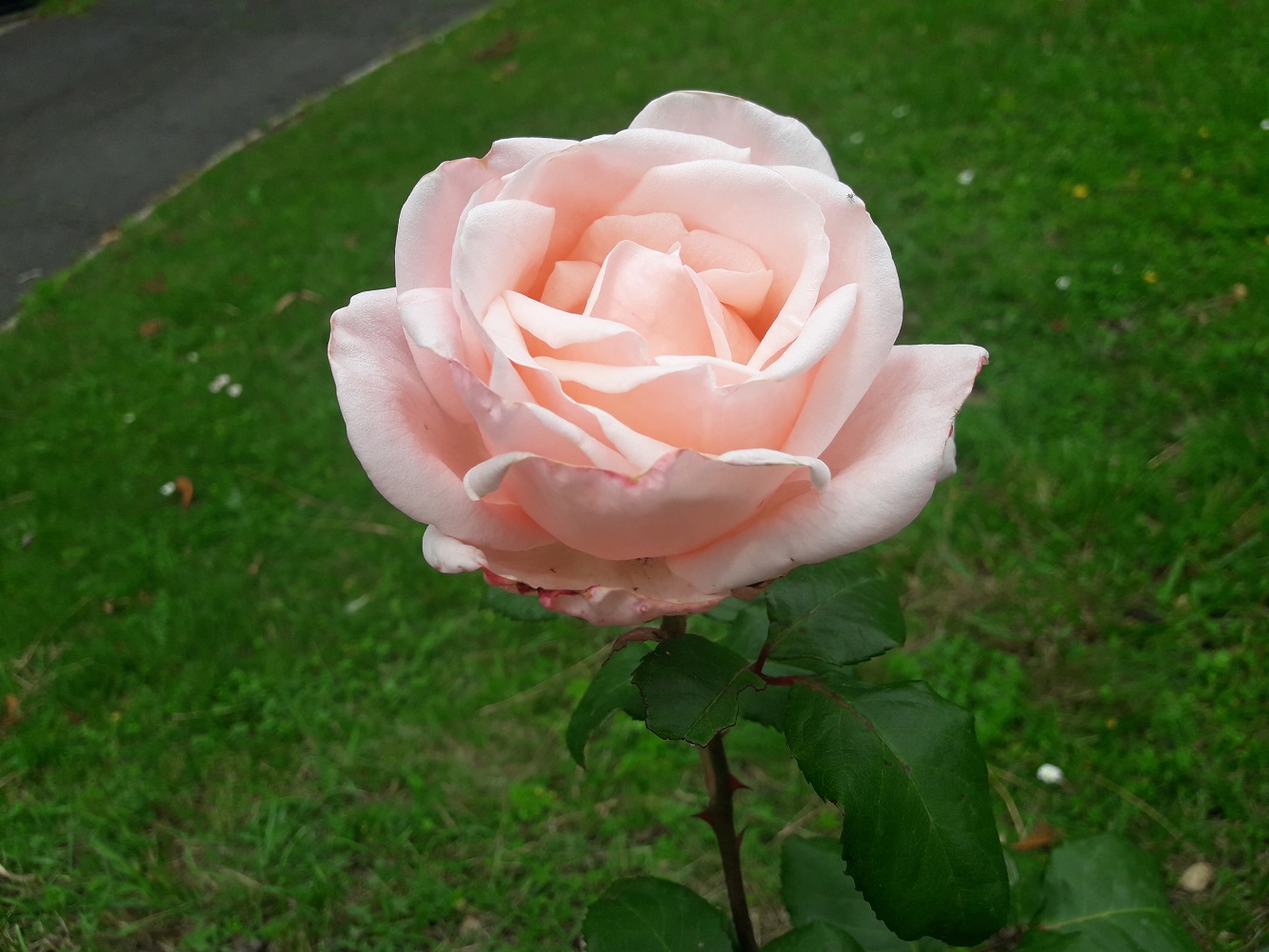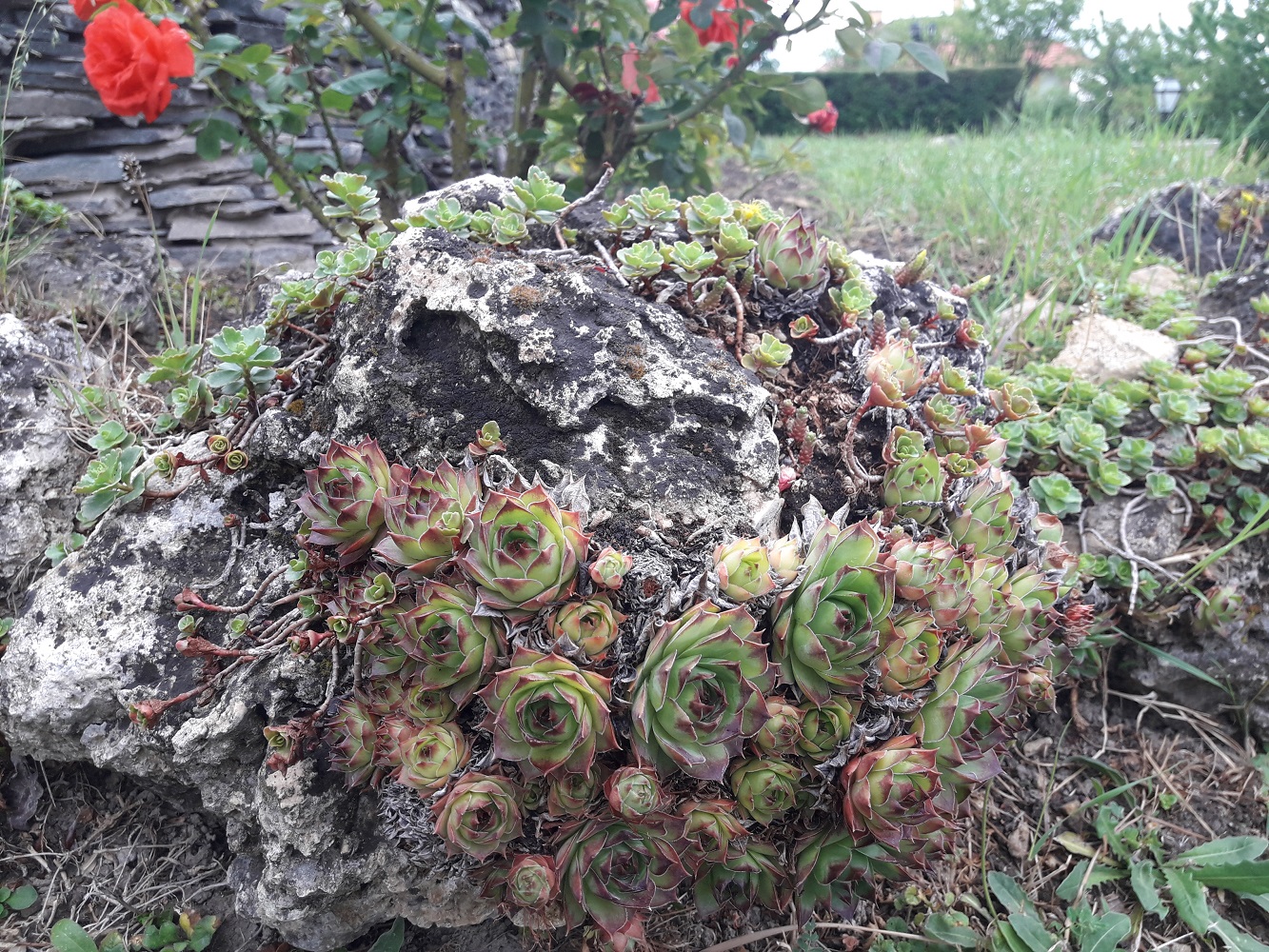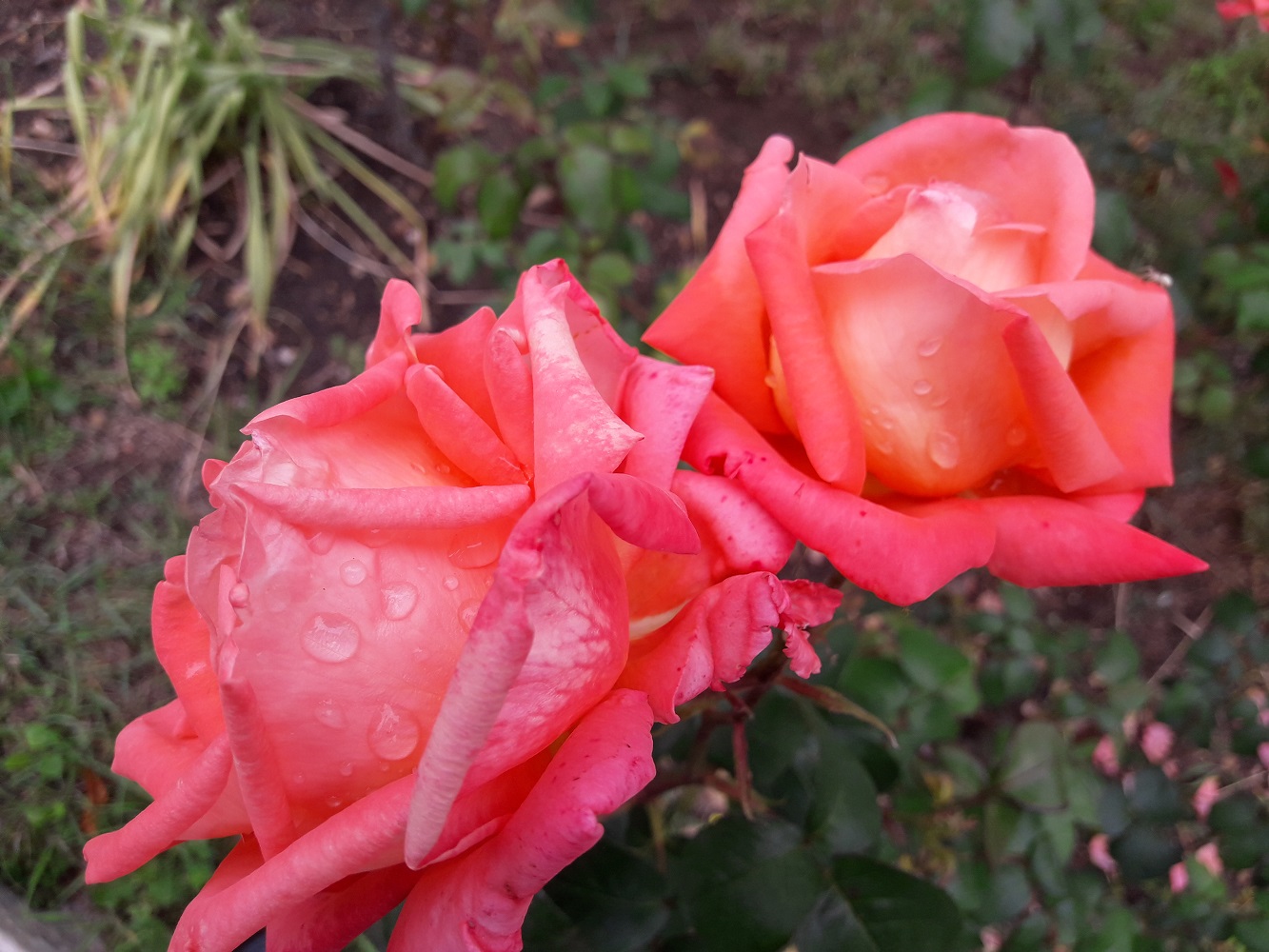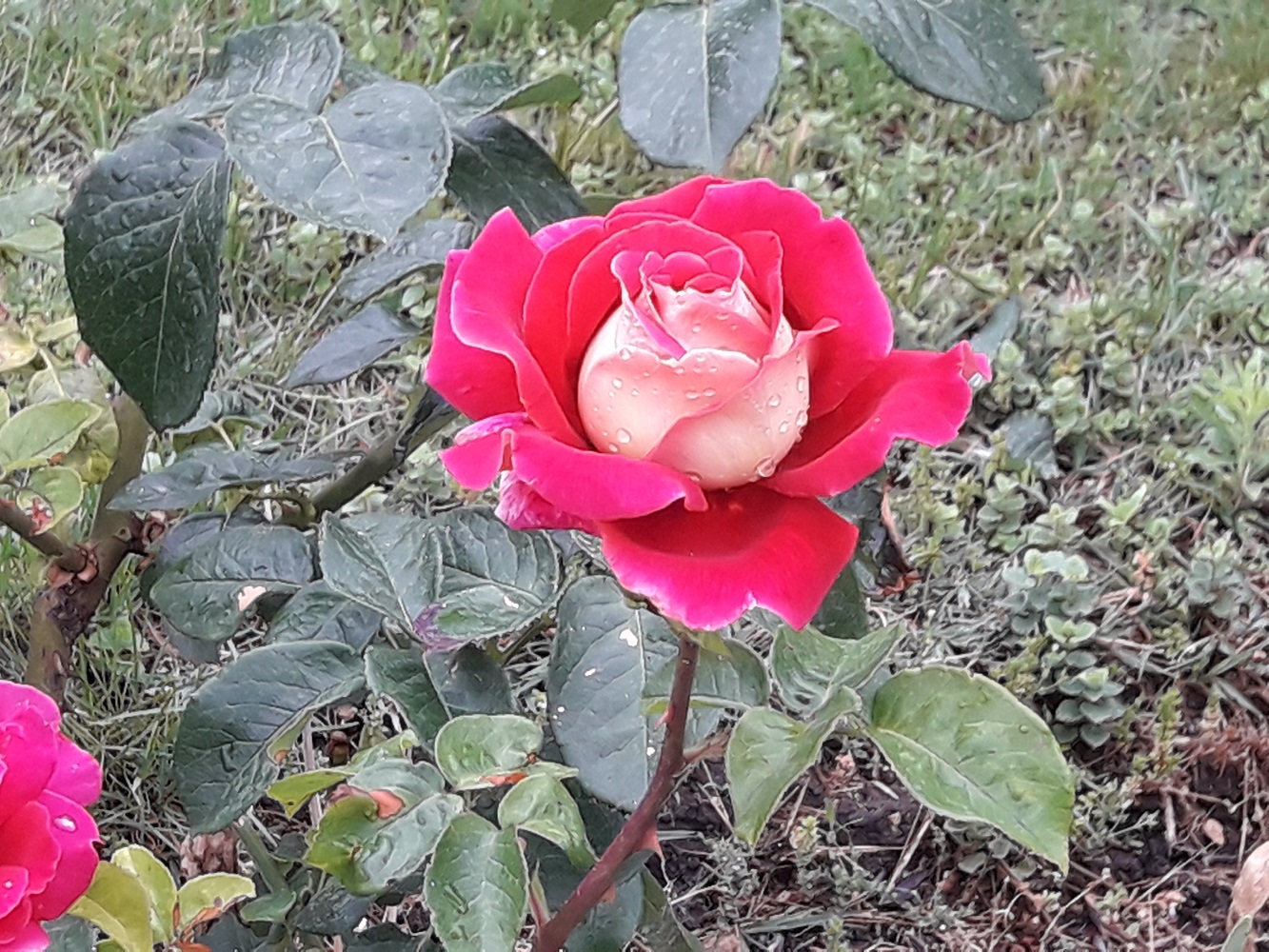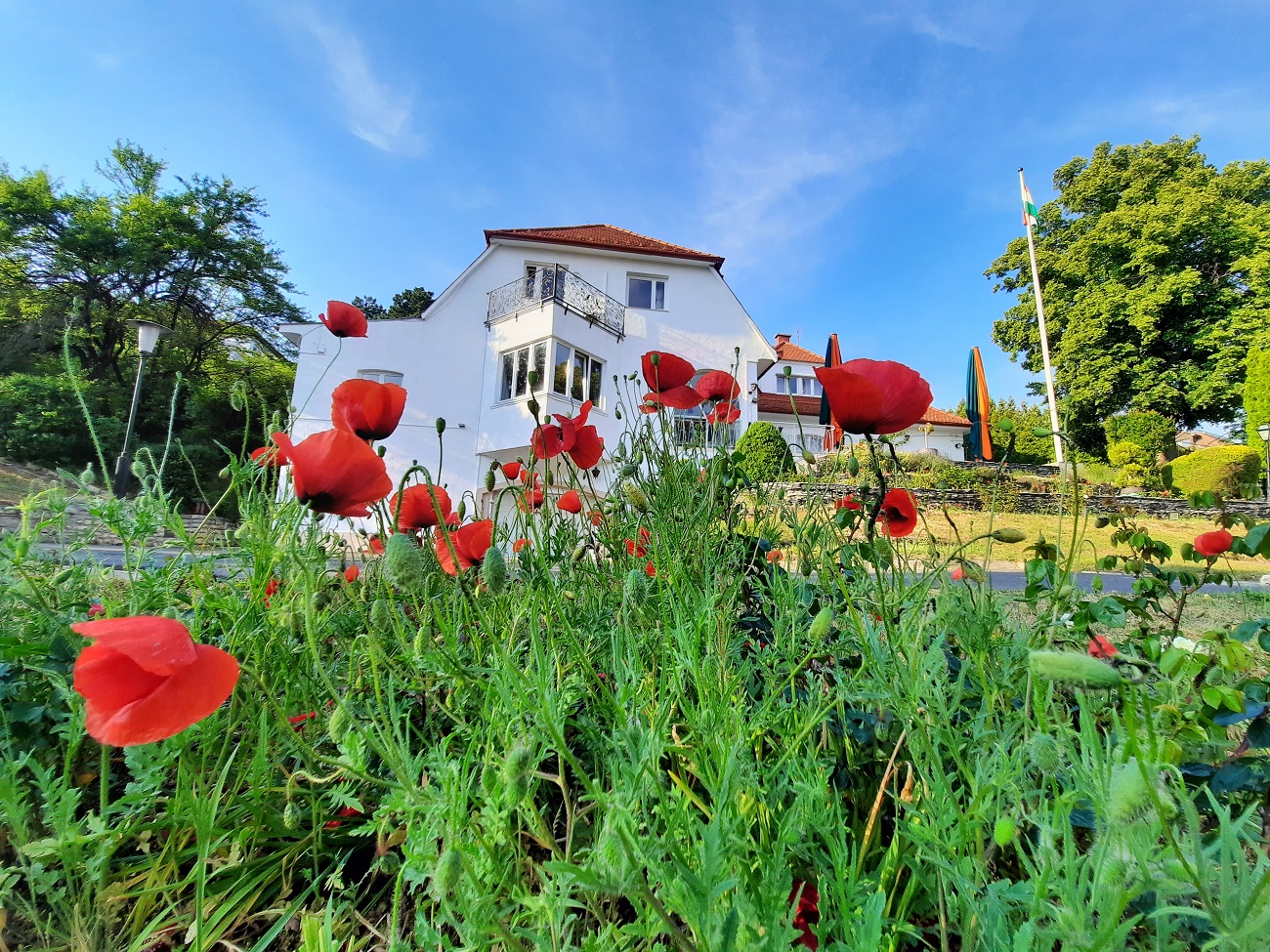
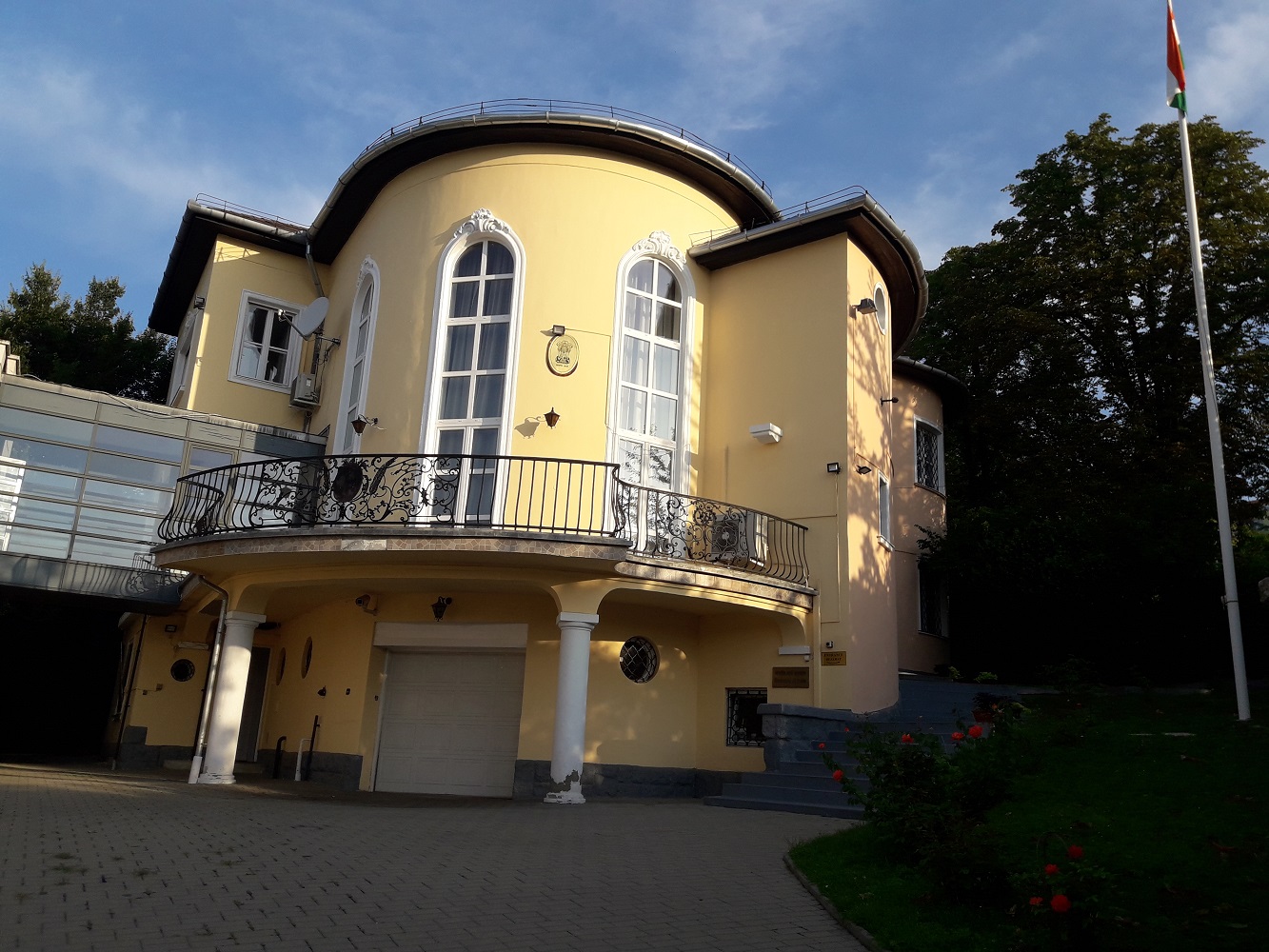
Indian Embassy
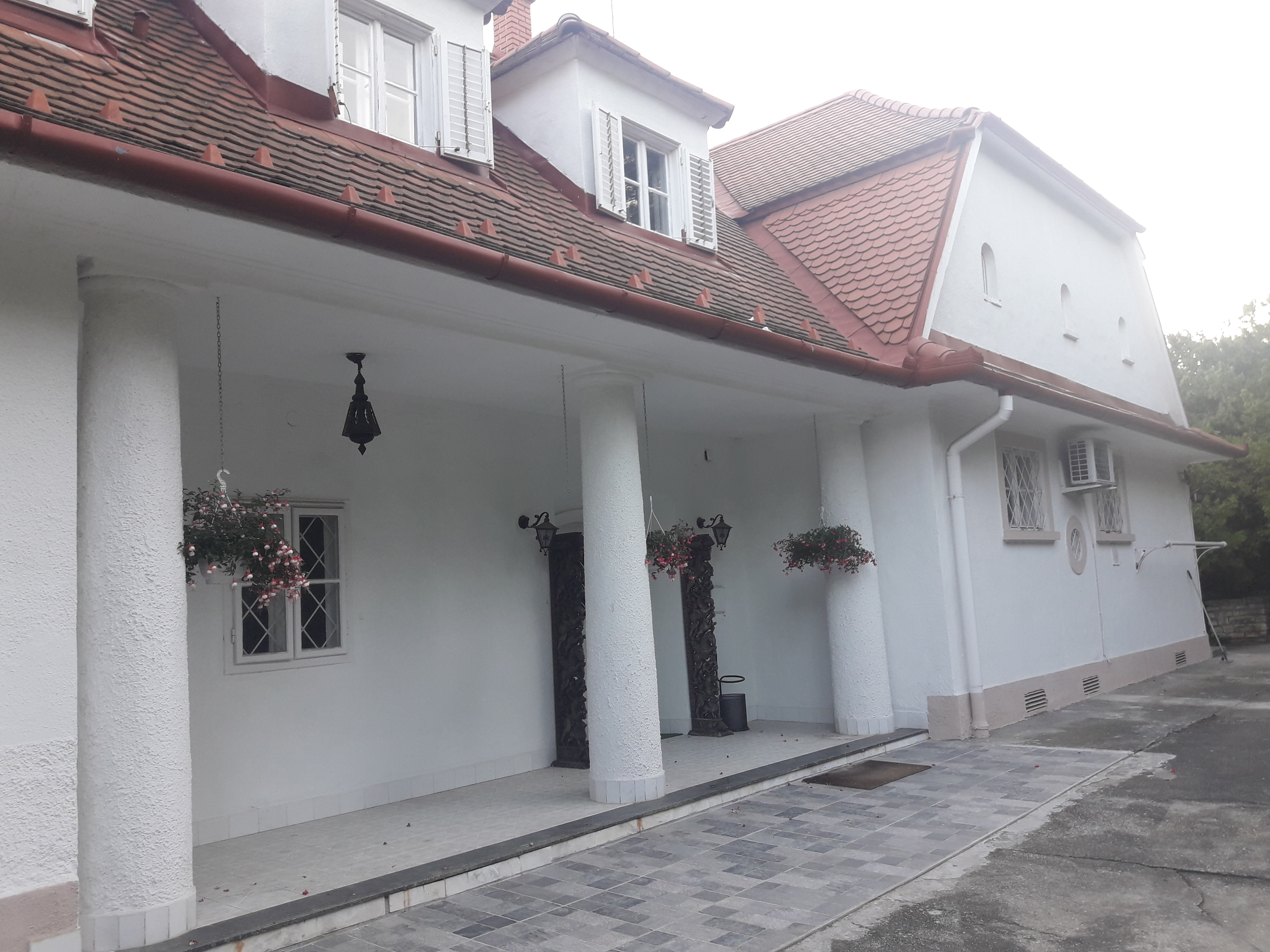
India House
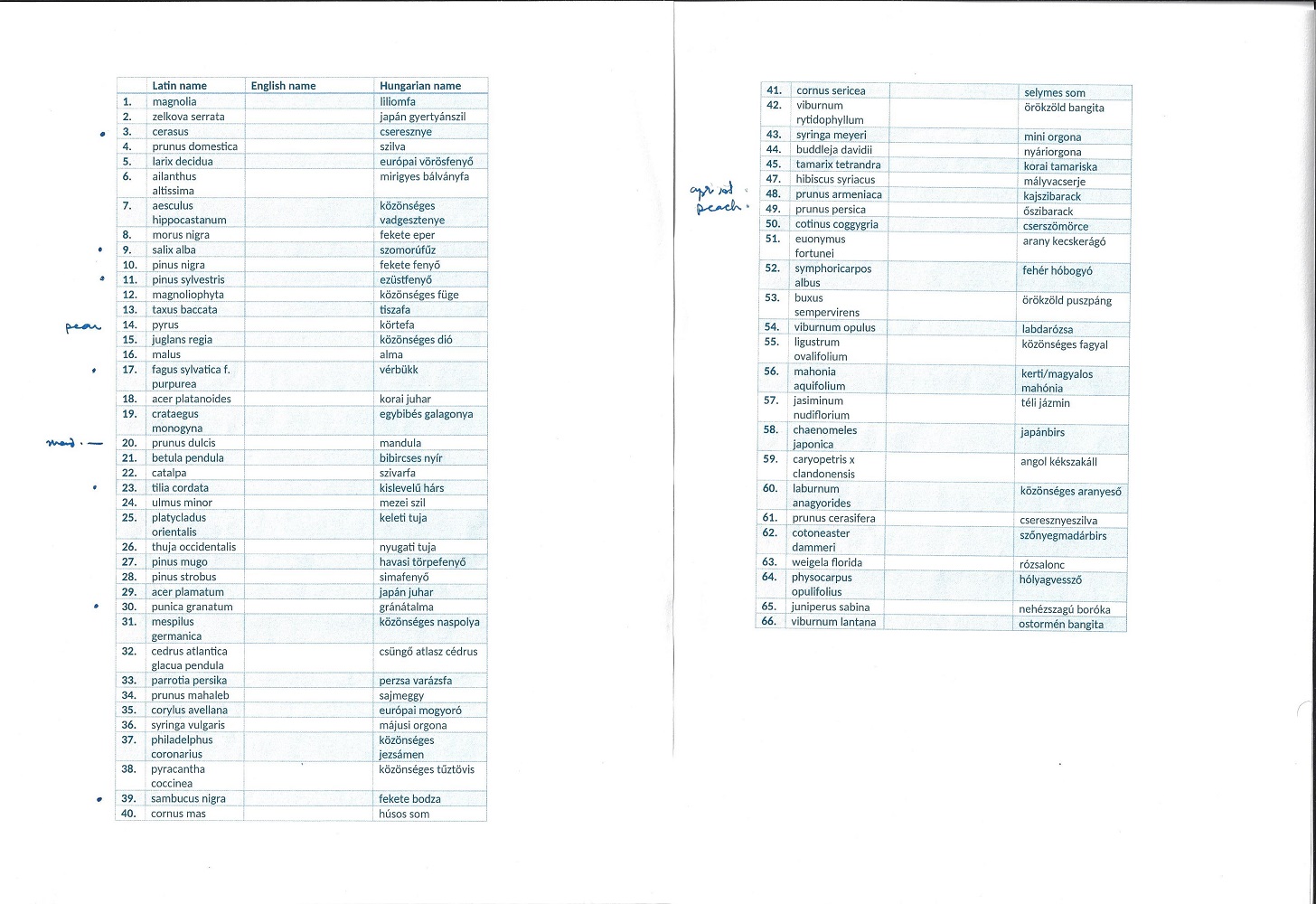
Here are details of a few:--
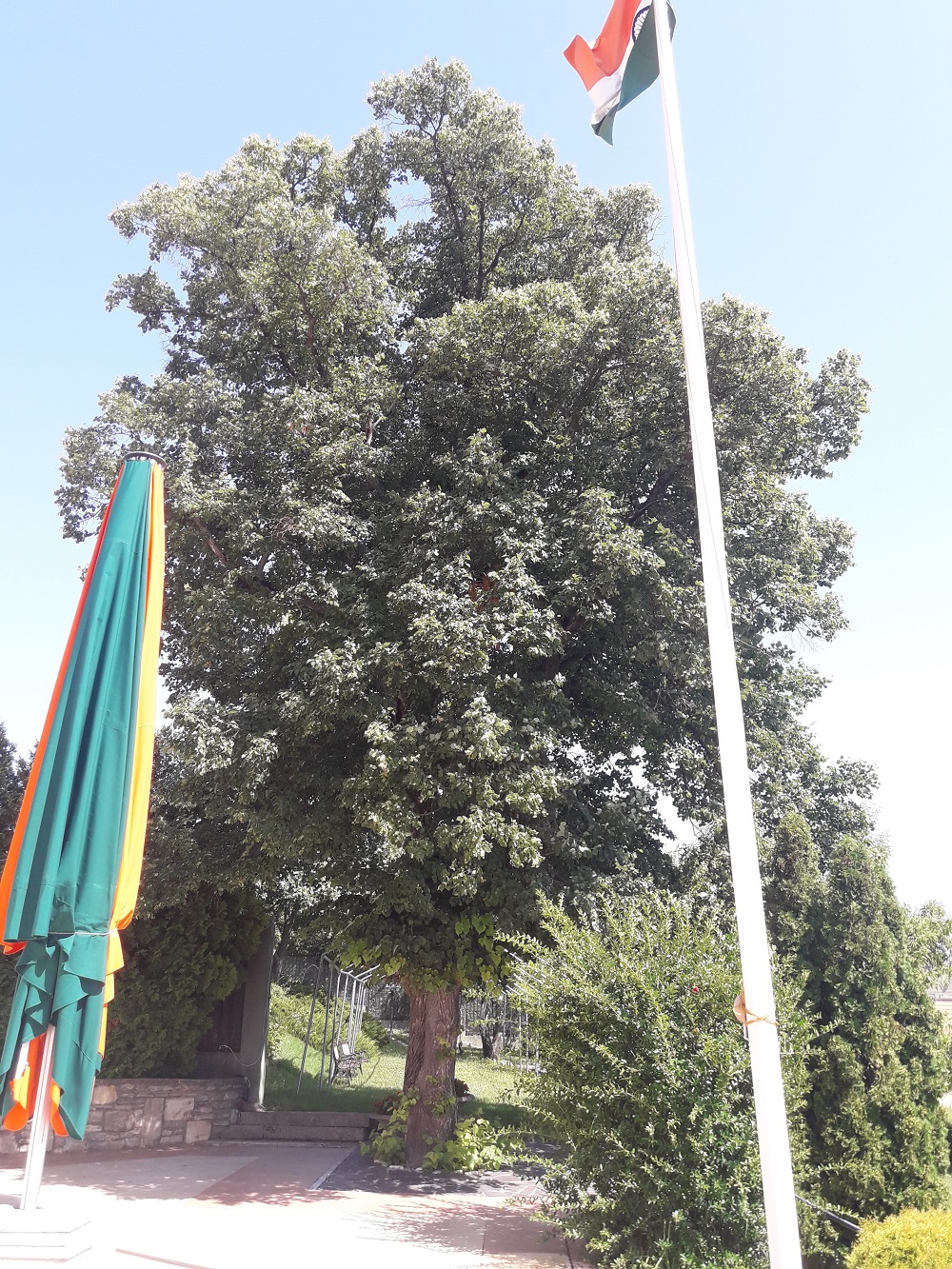
1. Kislevelű hárs (Hungarian) Tilla Cordata (Latin) This linden tree occupies a prominent place near the terrace. About 80-90 years old, it has seen a lot of history of India House. It is 'small leaved linden' tree; other varieties include silver leaved linden, big leaved linden, etc. It is national tree of Czech Republic and Slovak Republic.
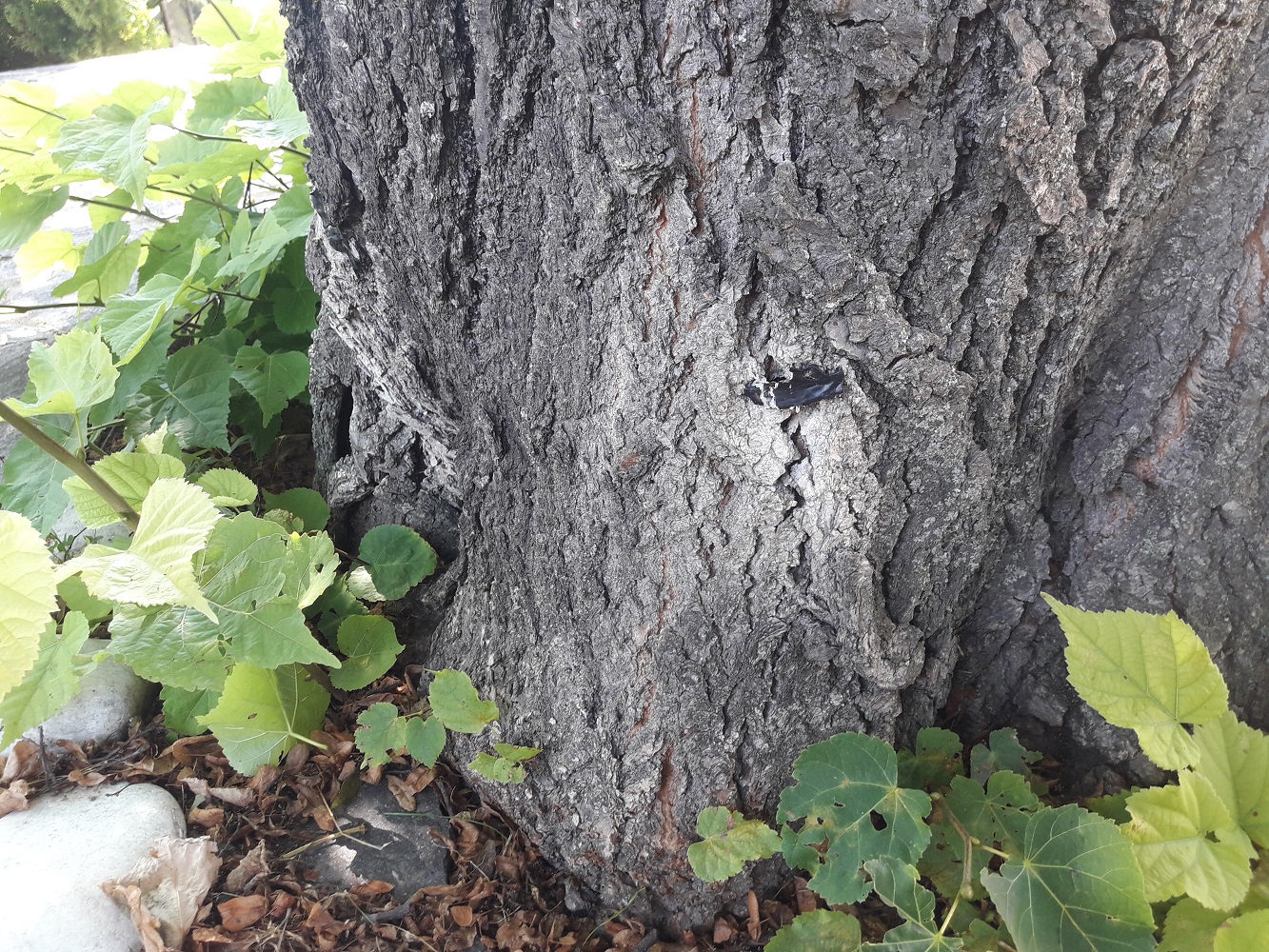
2. The tree required consultation with a tree doctor 4-5 years ago, who had to drill four holes at the bottom of the trunk (visible as black marks in the picture)
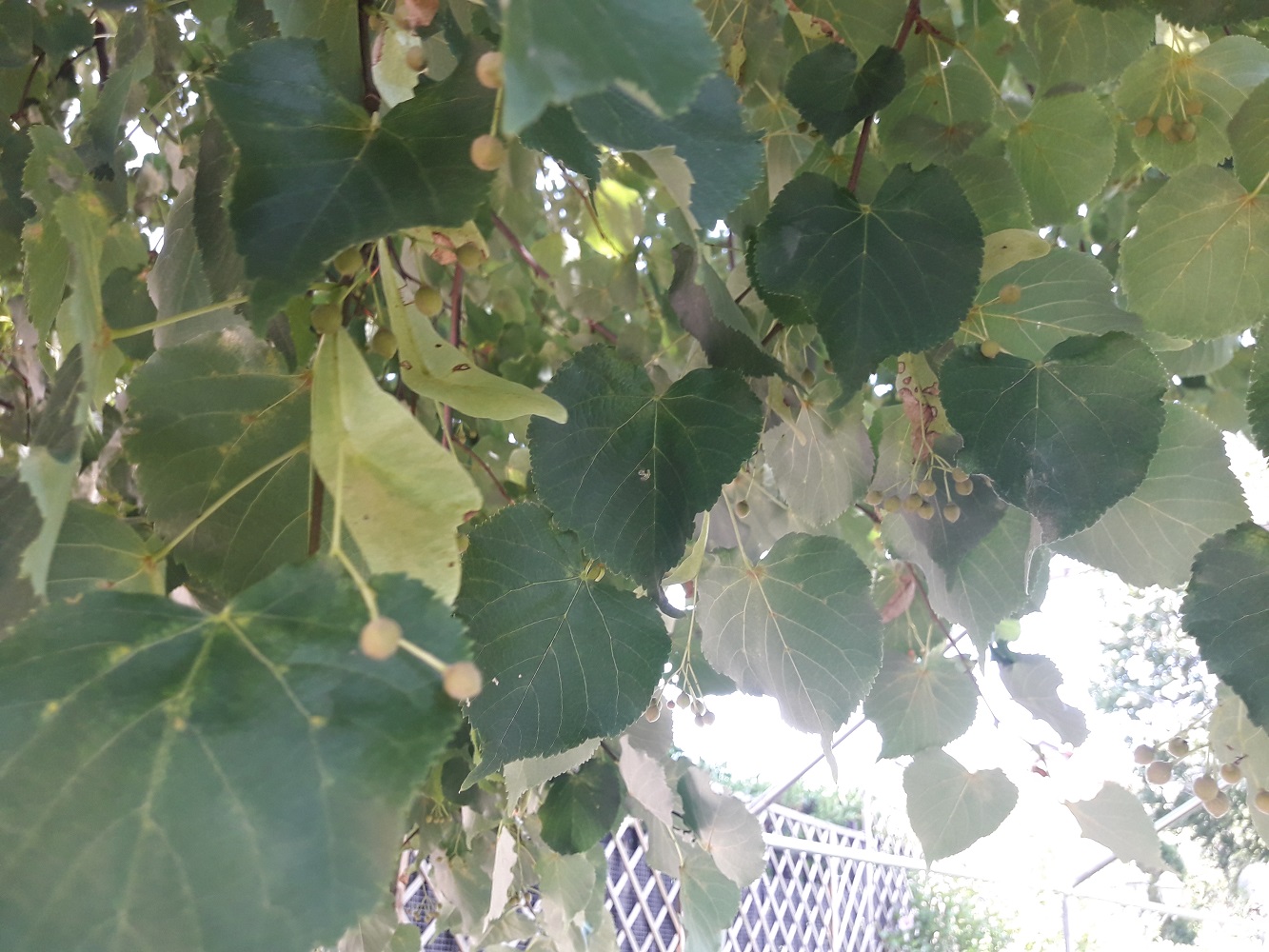
3. It is a deciduous tree. Note the heart shaped leaves.
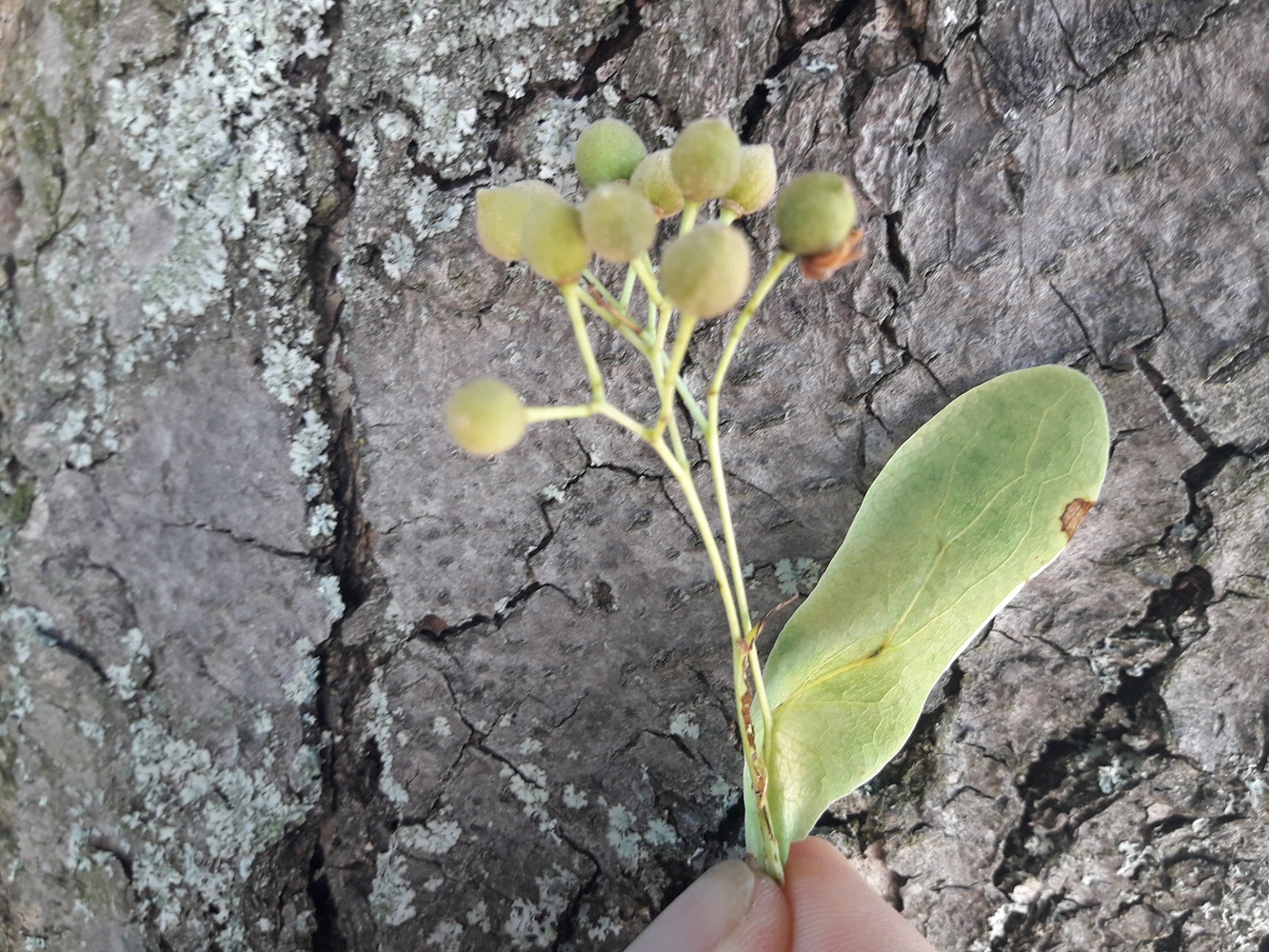
4. There were so many bees drawn to the fragrant flower in 2020 that we thought there was a bee hive in the tree itself. The seeds are contained in brown colour nuts like fruits. The seeds and young leaves are used in making herbal tea, which is considered useful in cough, etc. One can also get linden honey made by bees from this tree's flowers.
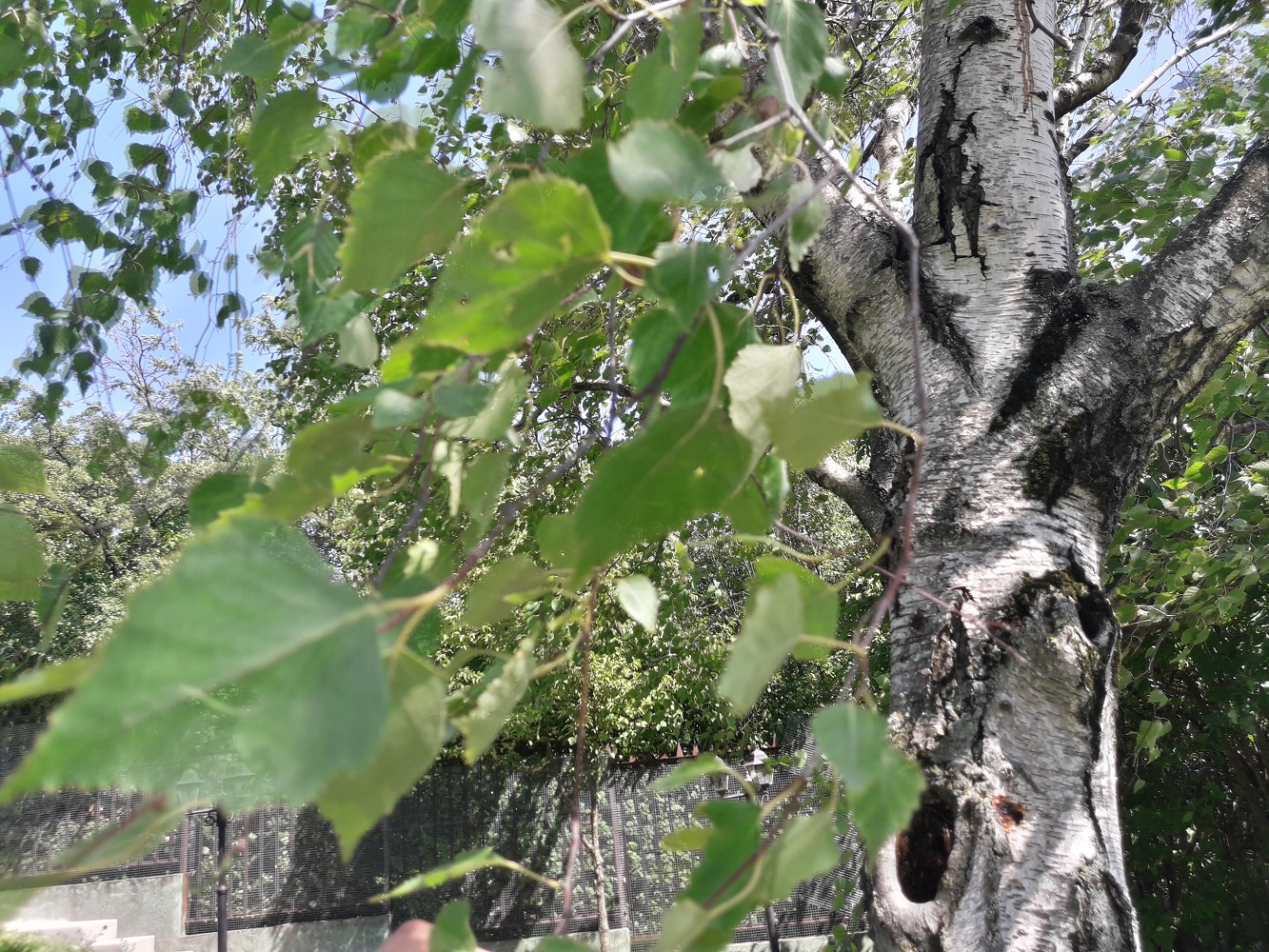
5. bibircses nyír (Hungarian) Betula Pendula (Latin) This tree is about 30-35 years old. Hungary's eastern part has many cities like Nyiregyhaza, Nyirbator, Nyirbeltek, Nyirlugos, Nyiradony, Nyiracsad, Nyirabrany, Nyirmartonfalva, etc., which derive their names from abundance of this tree. It is Finland's national tree.
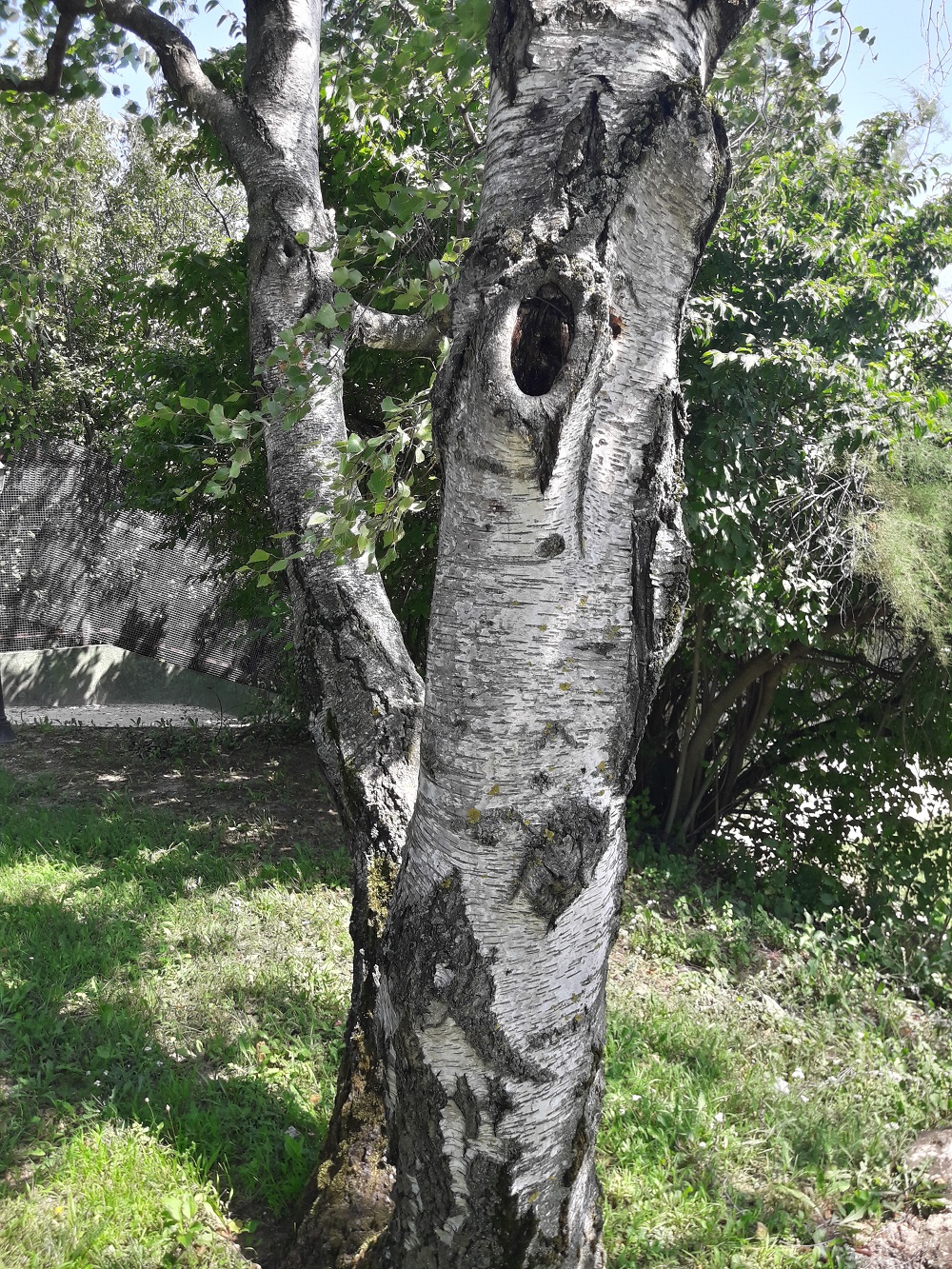
6. Also called Silver Birch, because of its characteristic bark. In spring, one can take out the mild sugary sap which oozes out if a hole is drilled in the trunk. It can be used to make syrup. It can also be fermented into a wine, I am told.
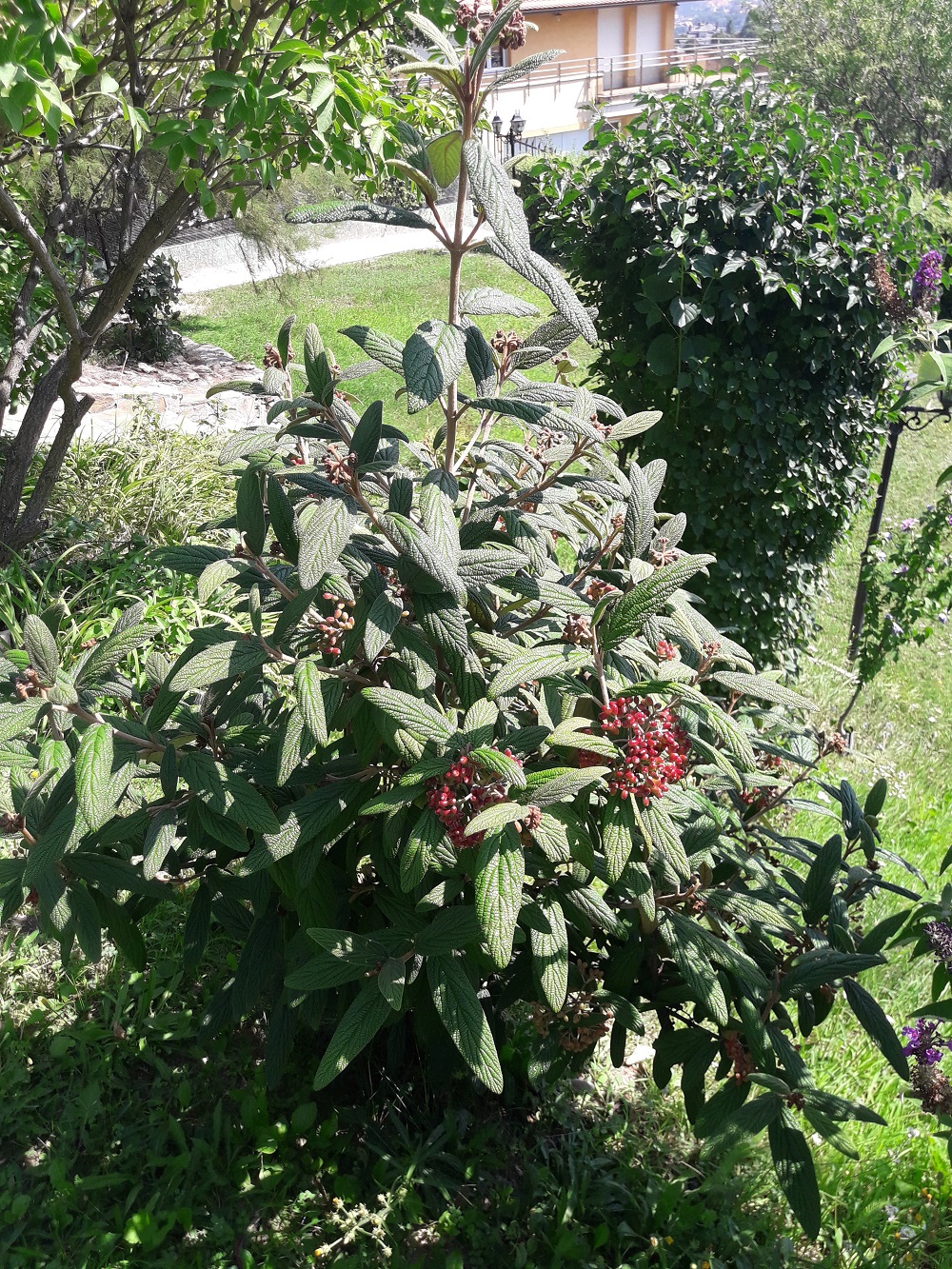
7. Örökzöld bangita (Hungarian) Viburnum rytidophyllum (Latin) An evergreen ornamental shrub, at the moment about 4 feet tall. It has dark green coarse oval leaves, giving almost a rubber like appearance. Small blue berries appear in June, which then turn to red and then black by September. Smal white flowers appear in bunches, starting from the same point and then opening up at the top.
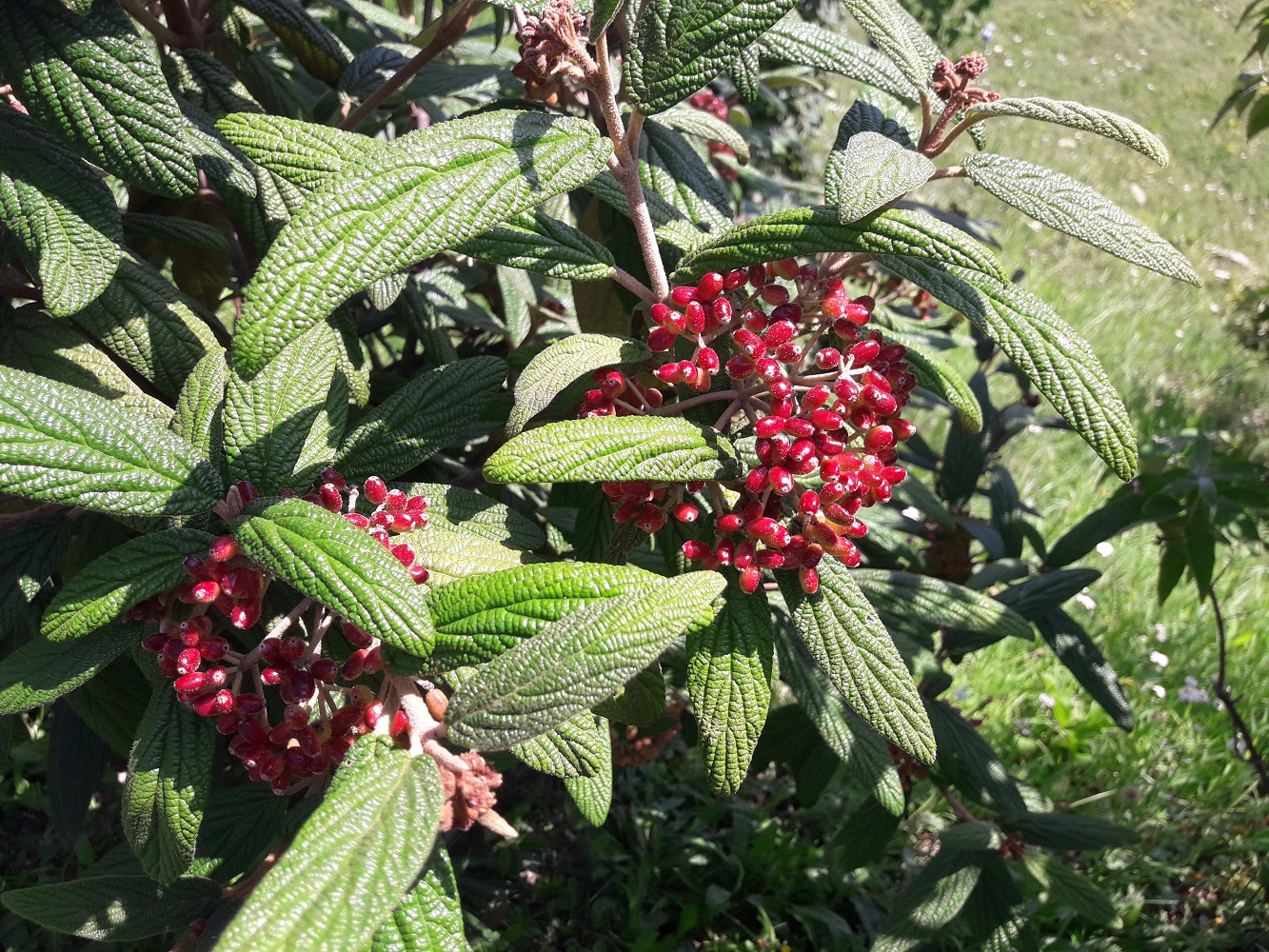
8. Another close up of evergreen bangita.
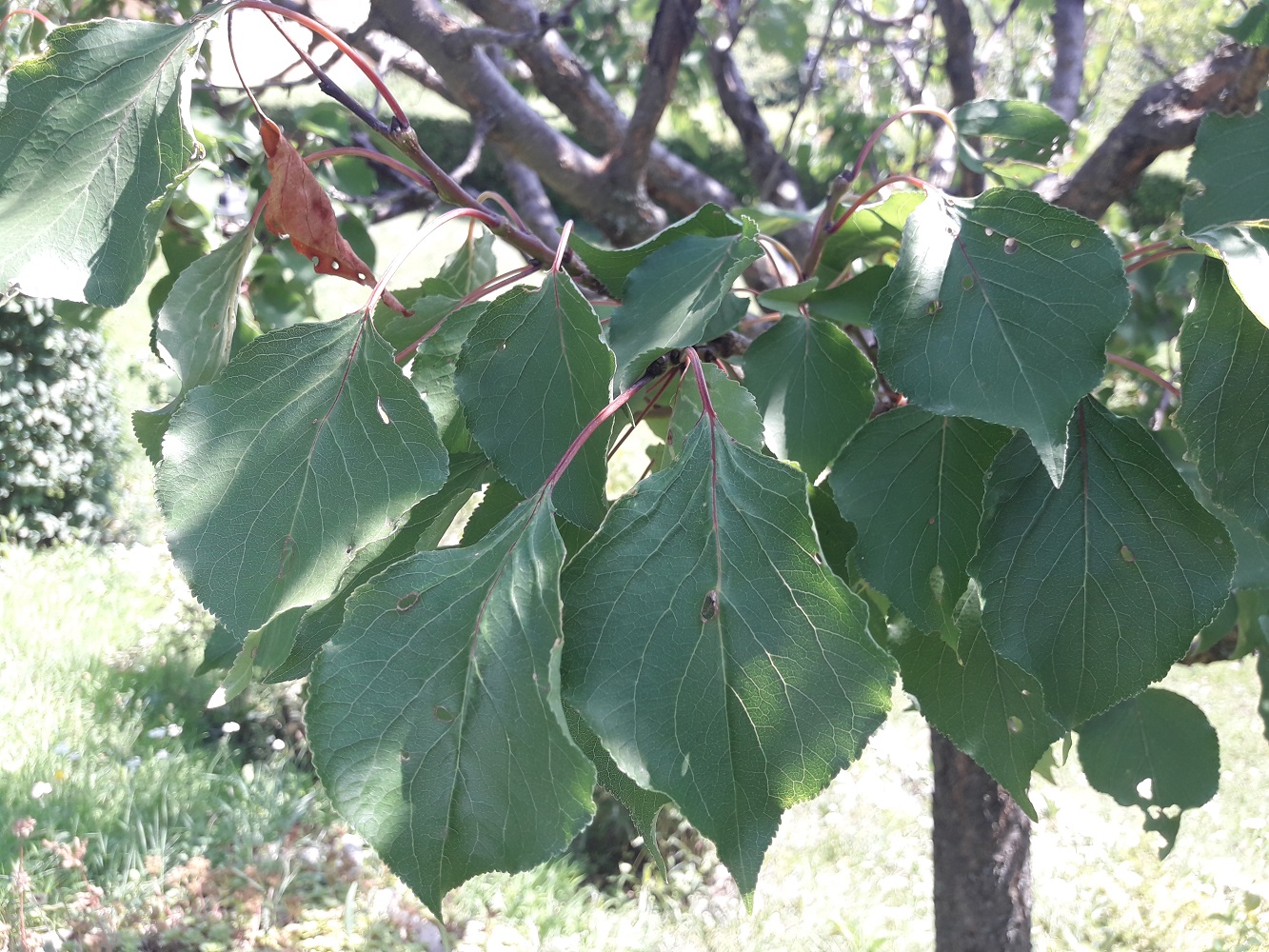
9. Kajszibarack (Hungarian) Prunus armeniaca (Latin) The garden has several apricot trees. This one is about 3 meters tall. The name armeniaca comes from the fact that this plant is native to Armenia.
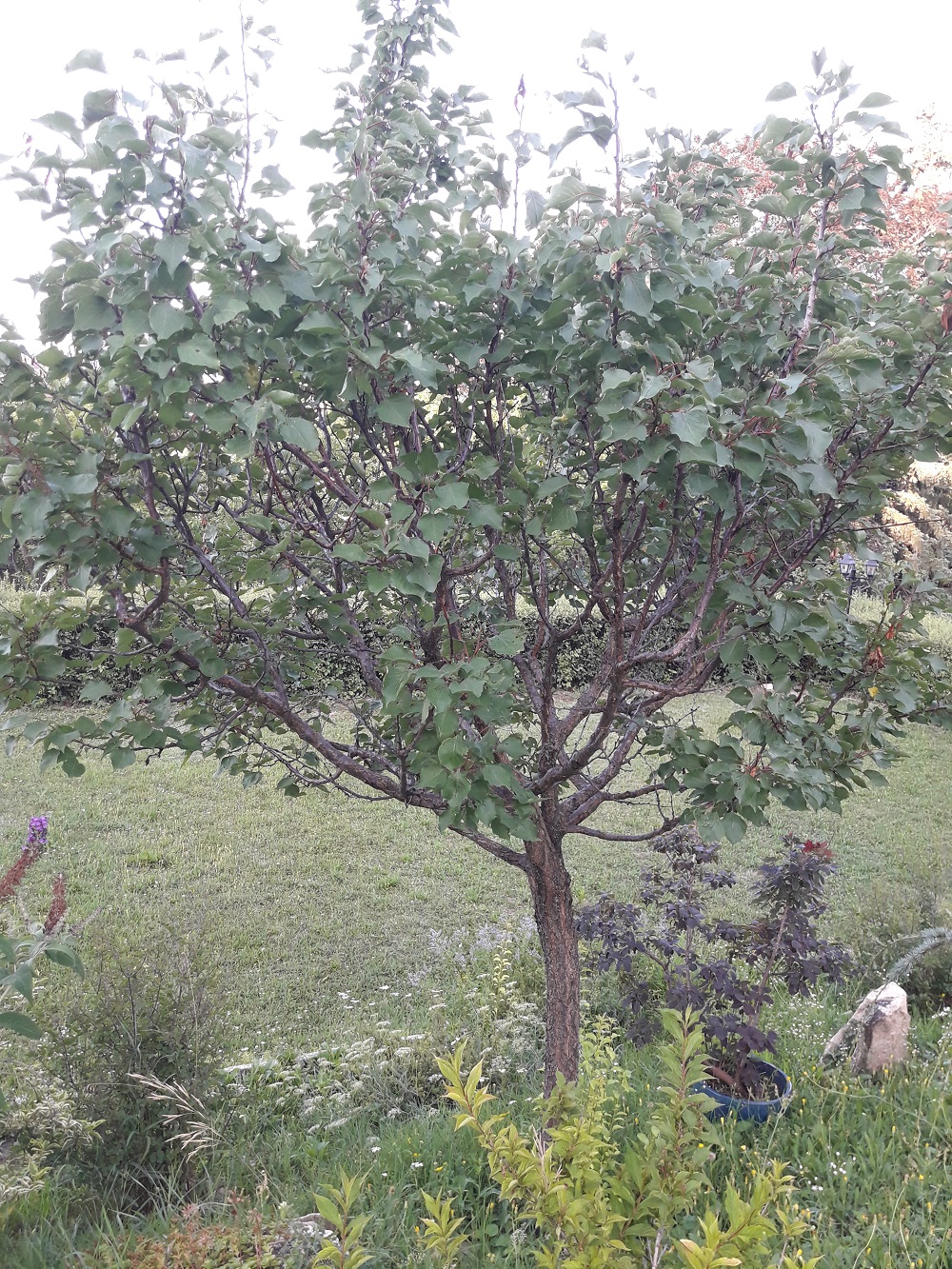
10. But the apricots that have been harvested during the last few years in the garden have not been of very good quality.
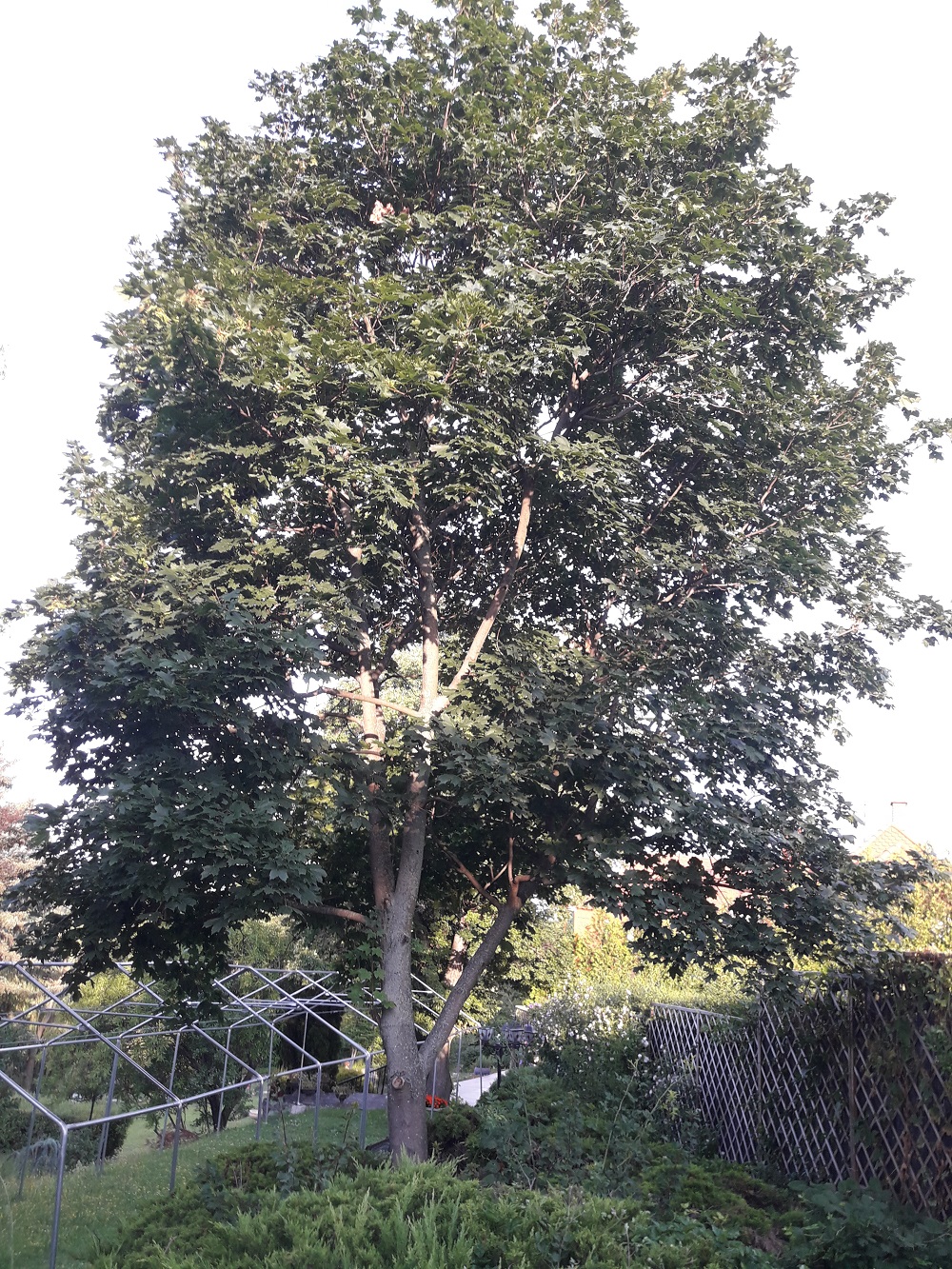
11. Korai Juhar (Hungarian) Acer Platanoides (Latin) This is another large tree, about 20 years old. It stands guard over the eastern corner of the garden. A decidous tree, which is used in creating maple. Also knows as Norway maple tree.
Now, can you identify the following? ..
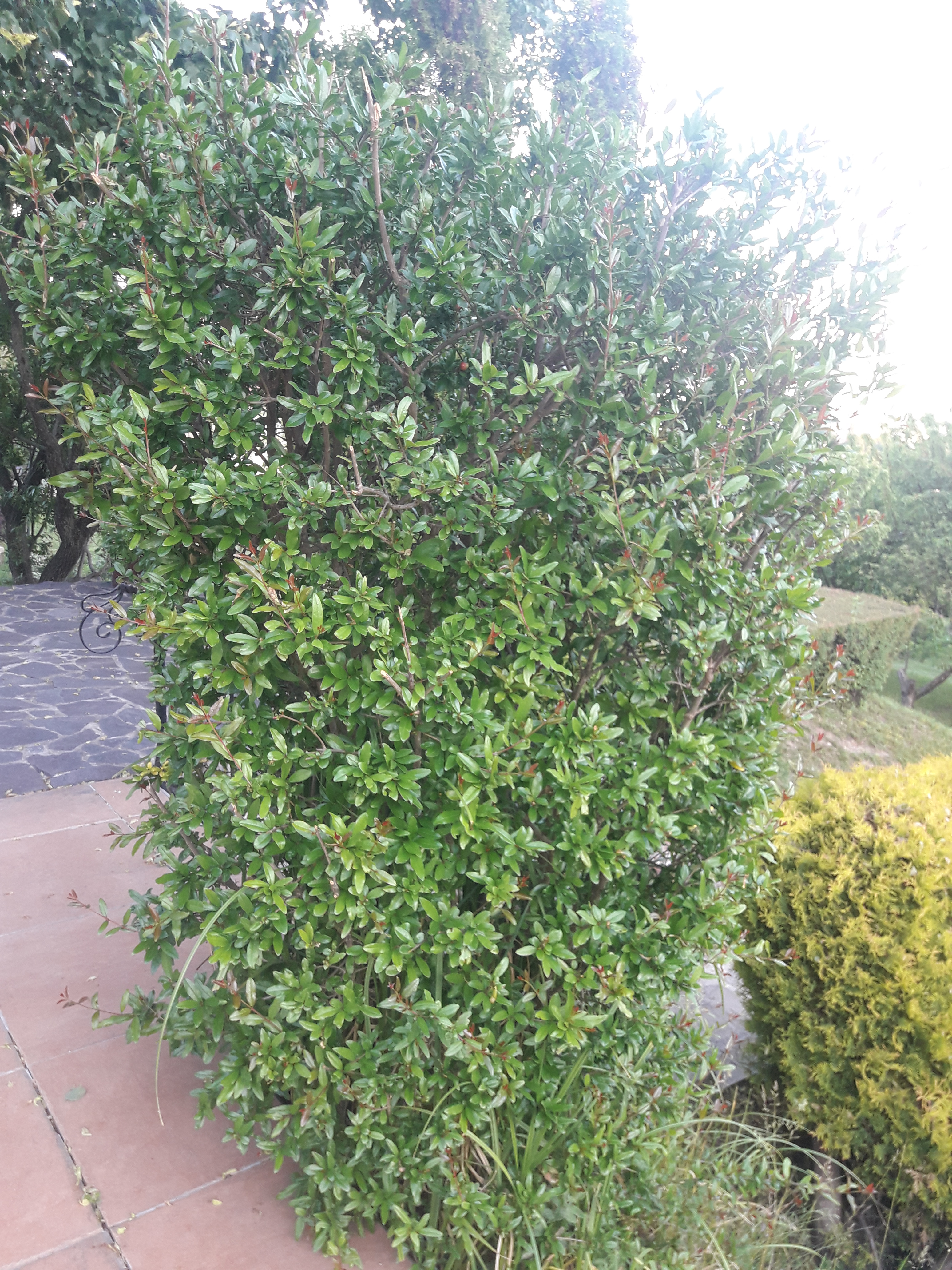
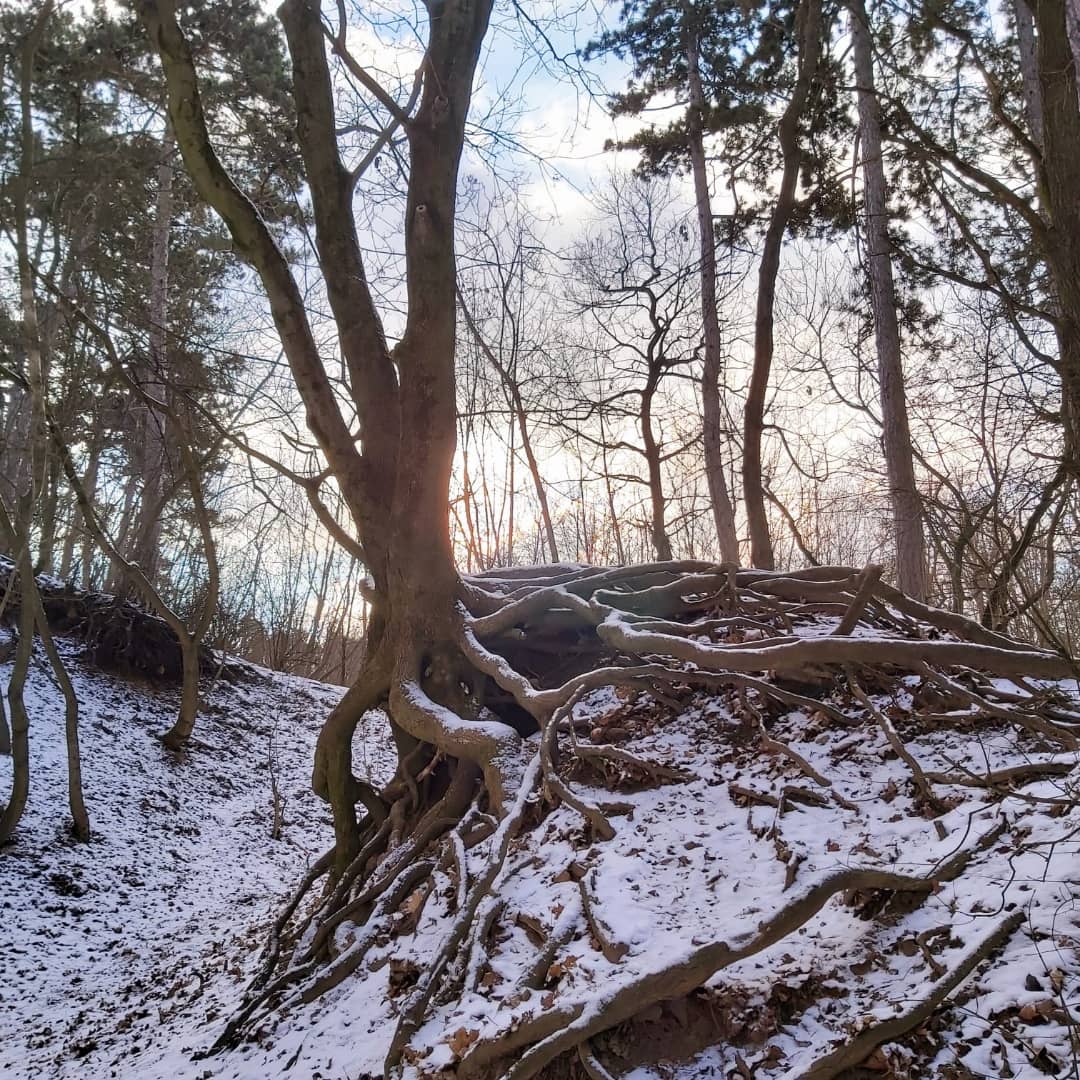
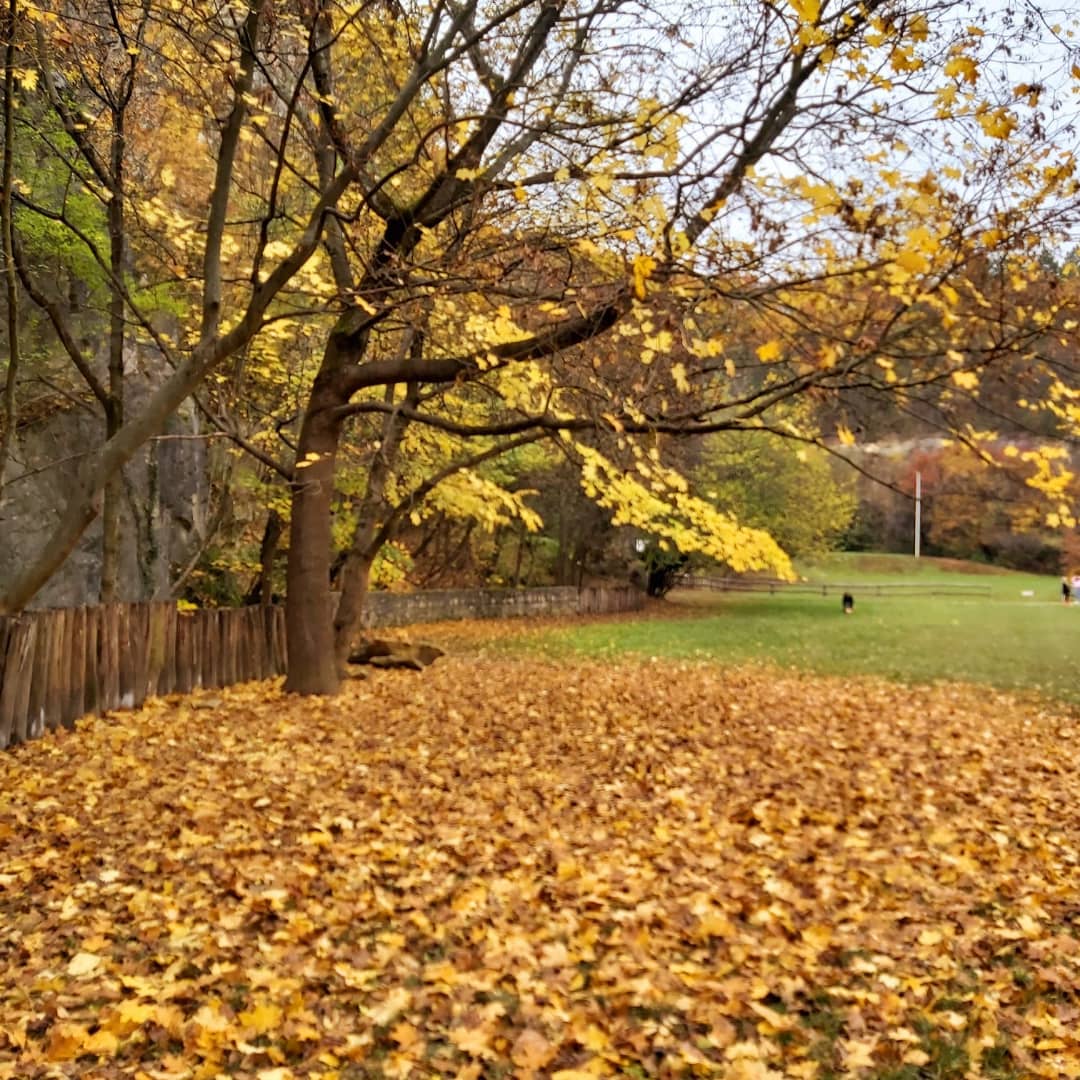
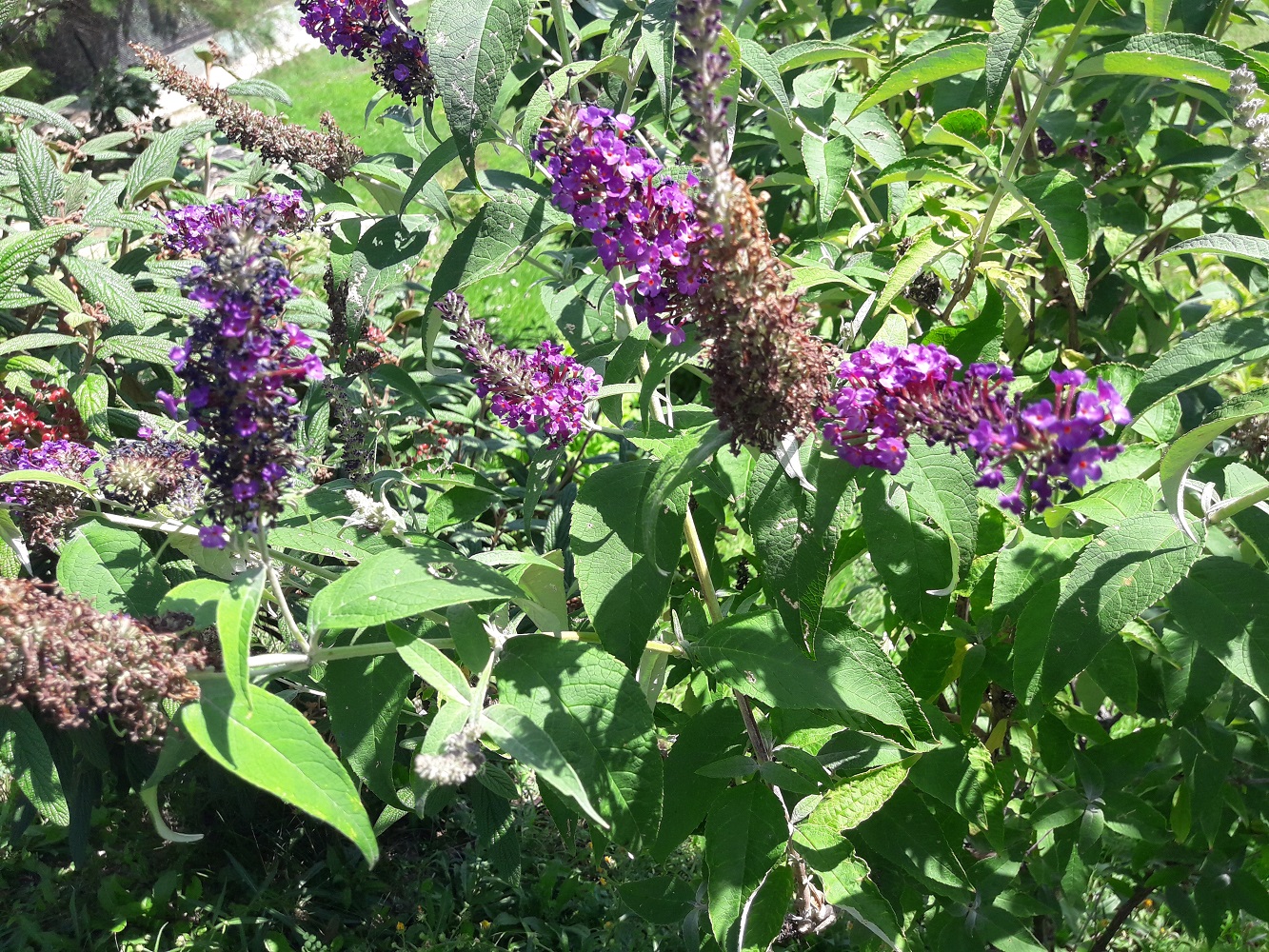
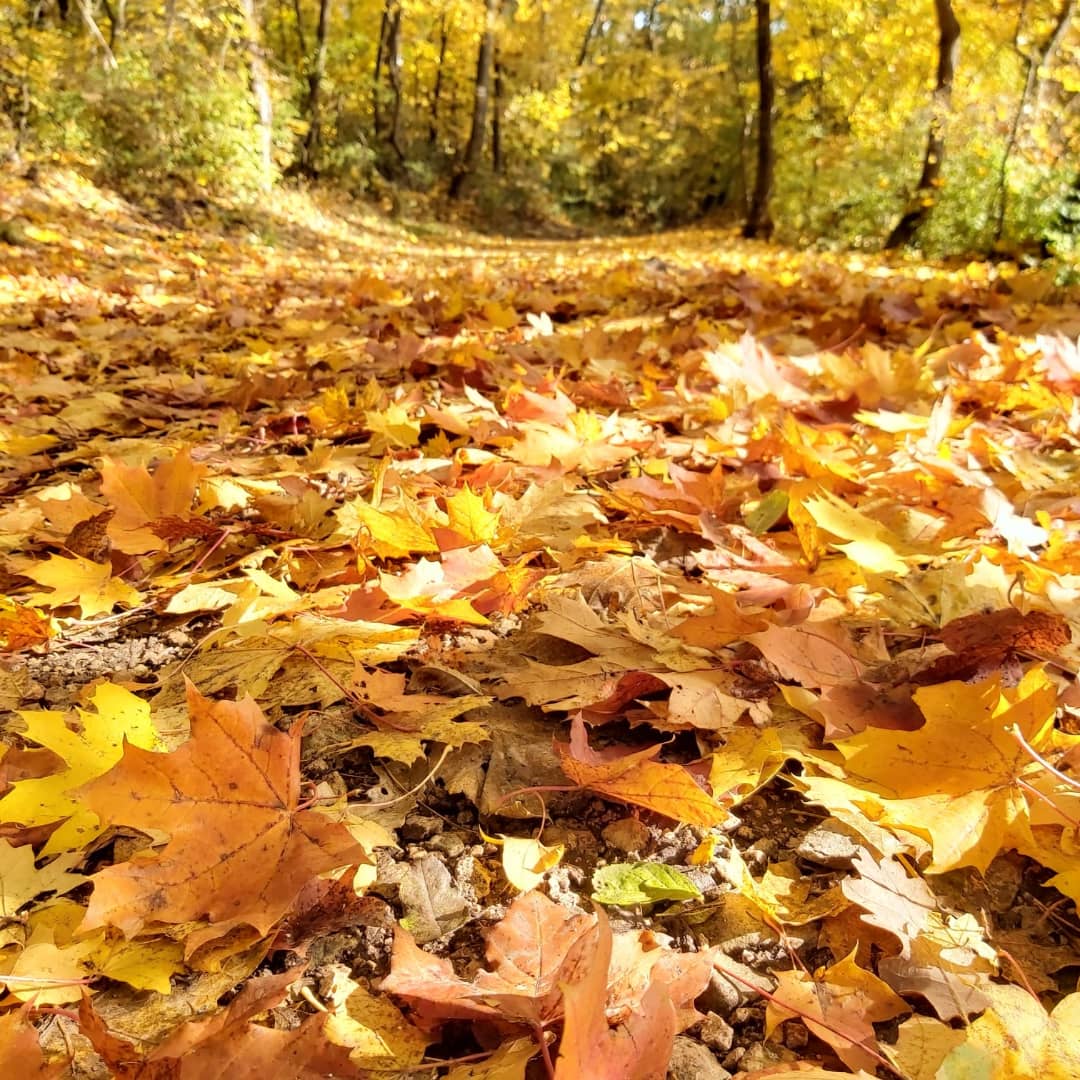
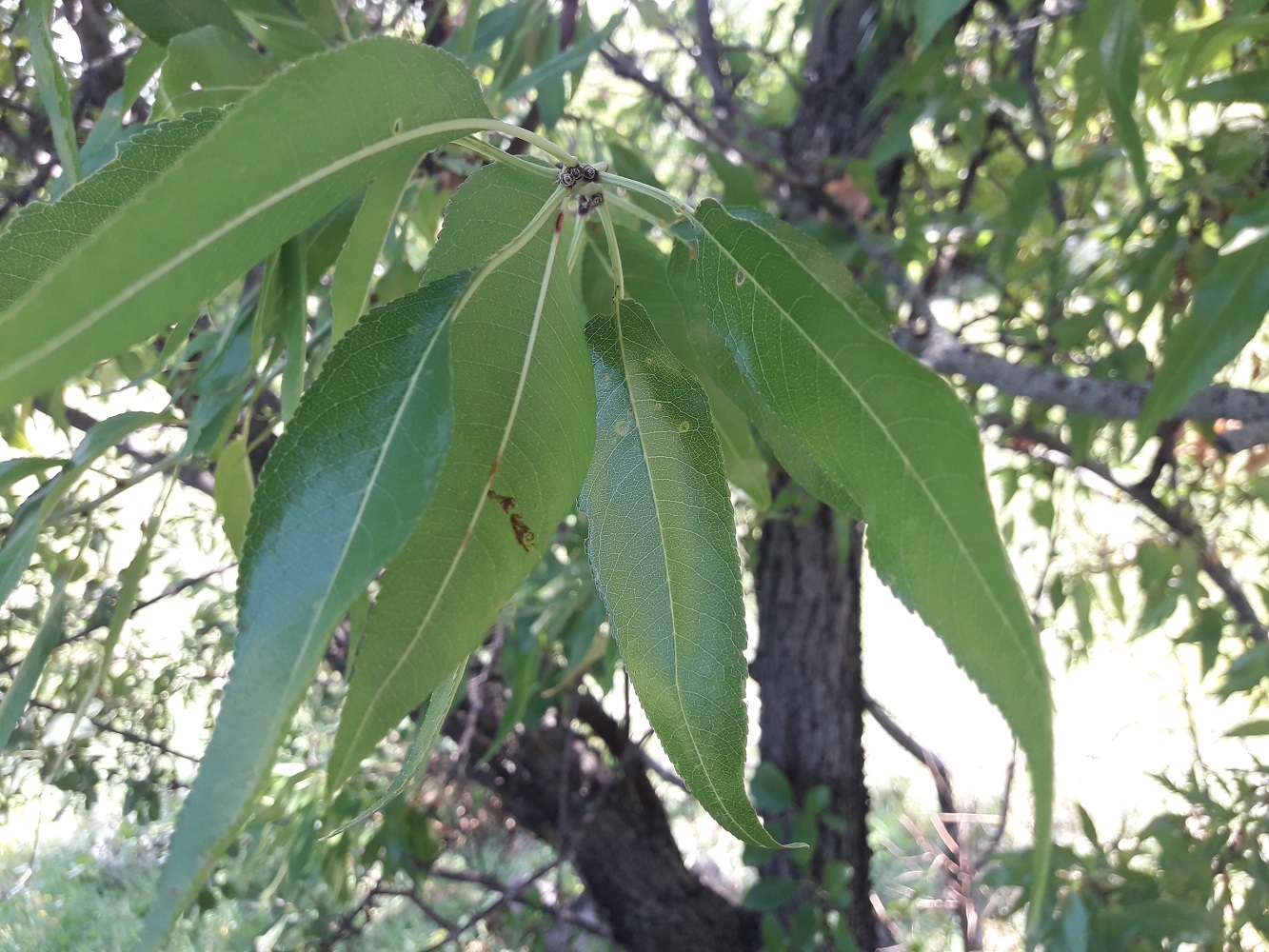
More in next..
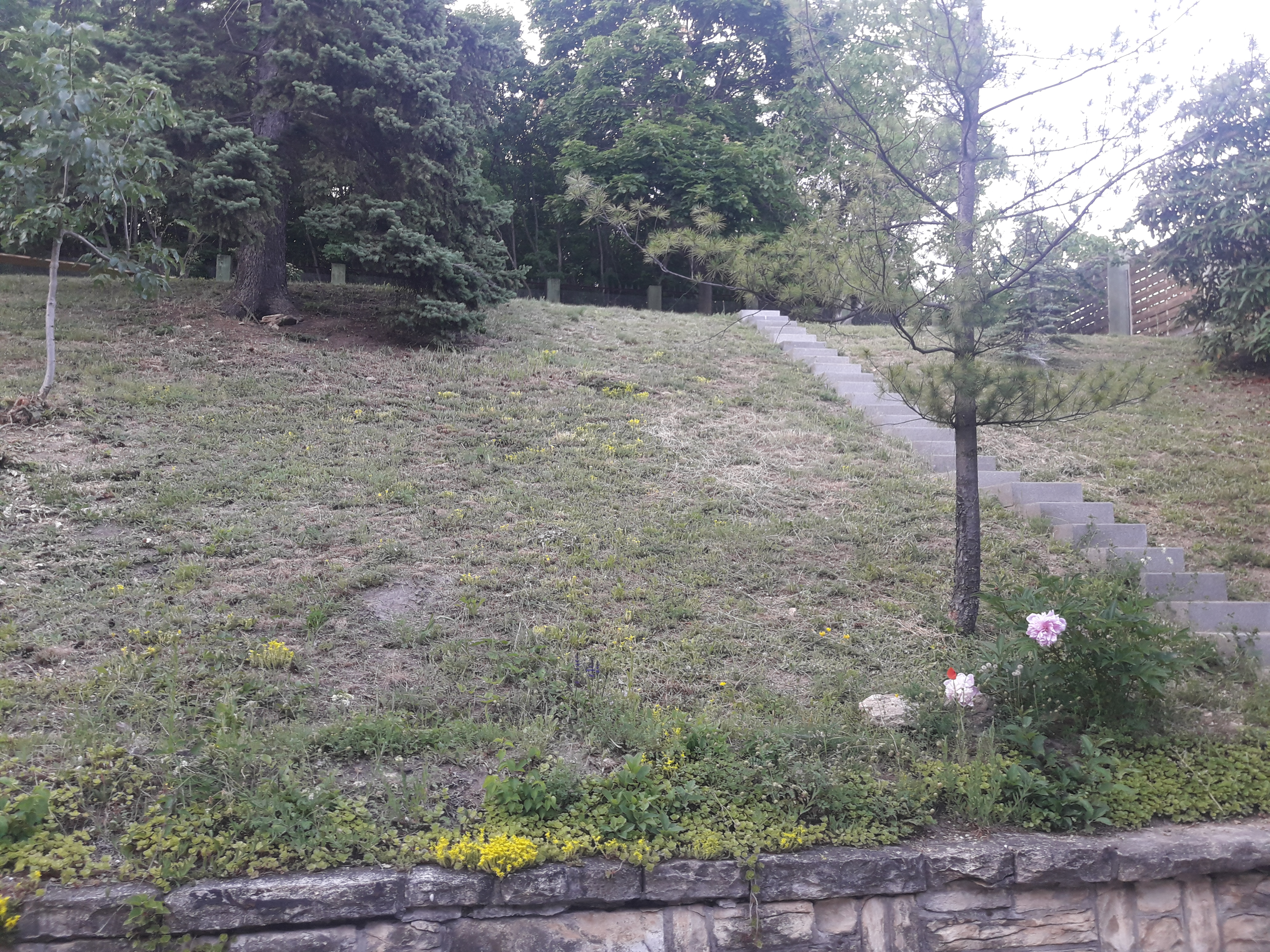
The rear side stairs climbing up to the forest.
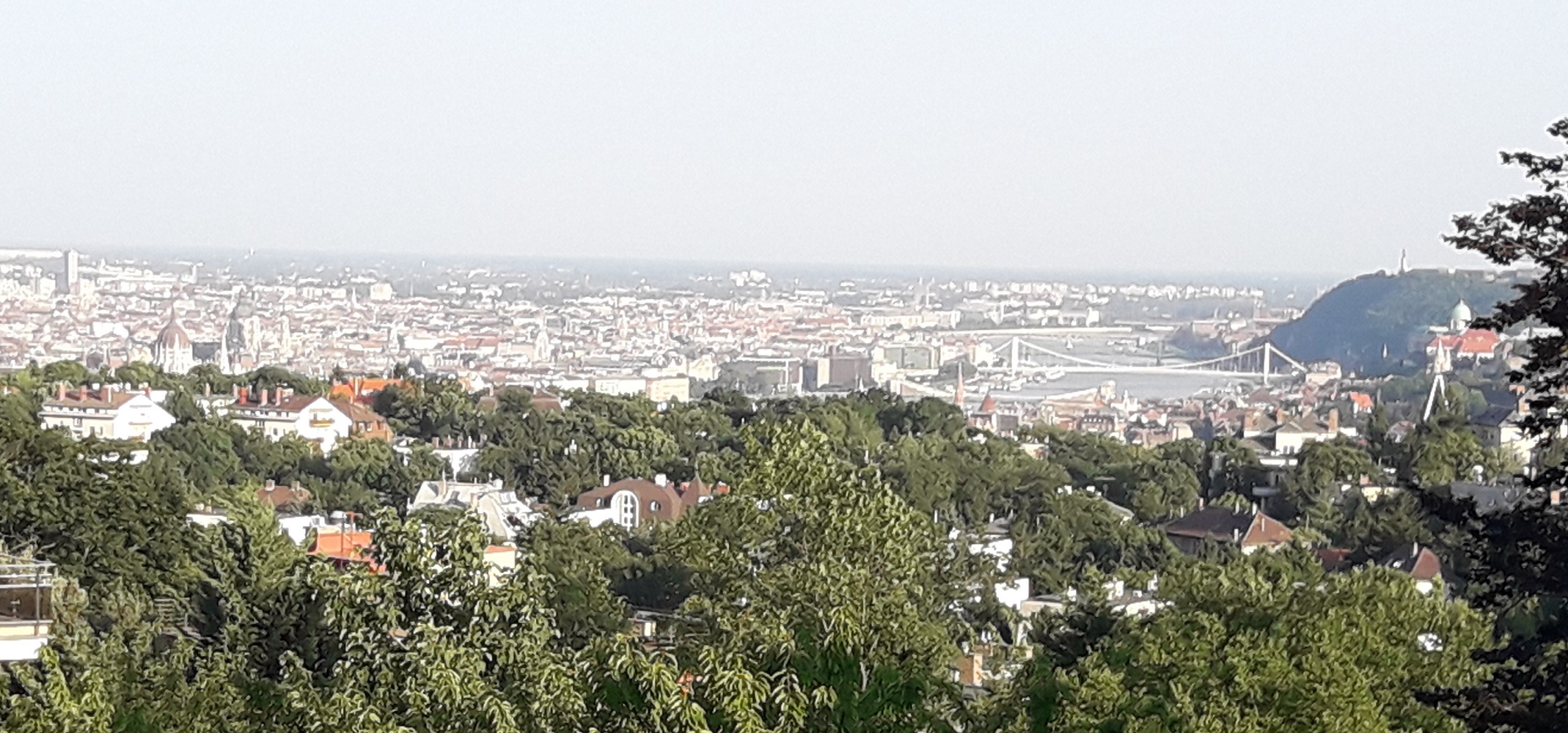
A magnificent view of the city that can be seen from the terrace.
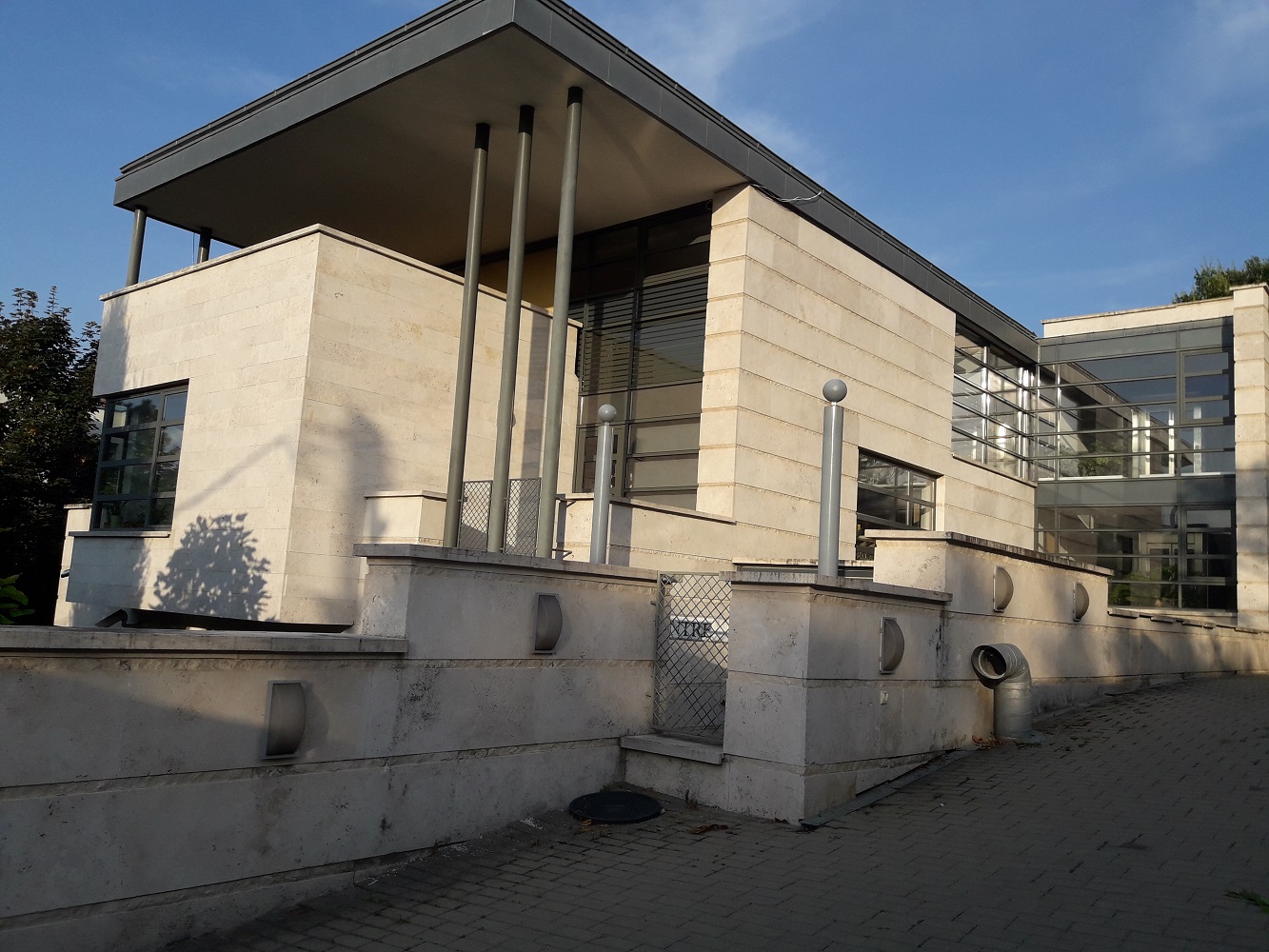
This part houses Amrita Shergil Cultural Center and Ambassador's Office
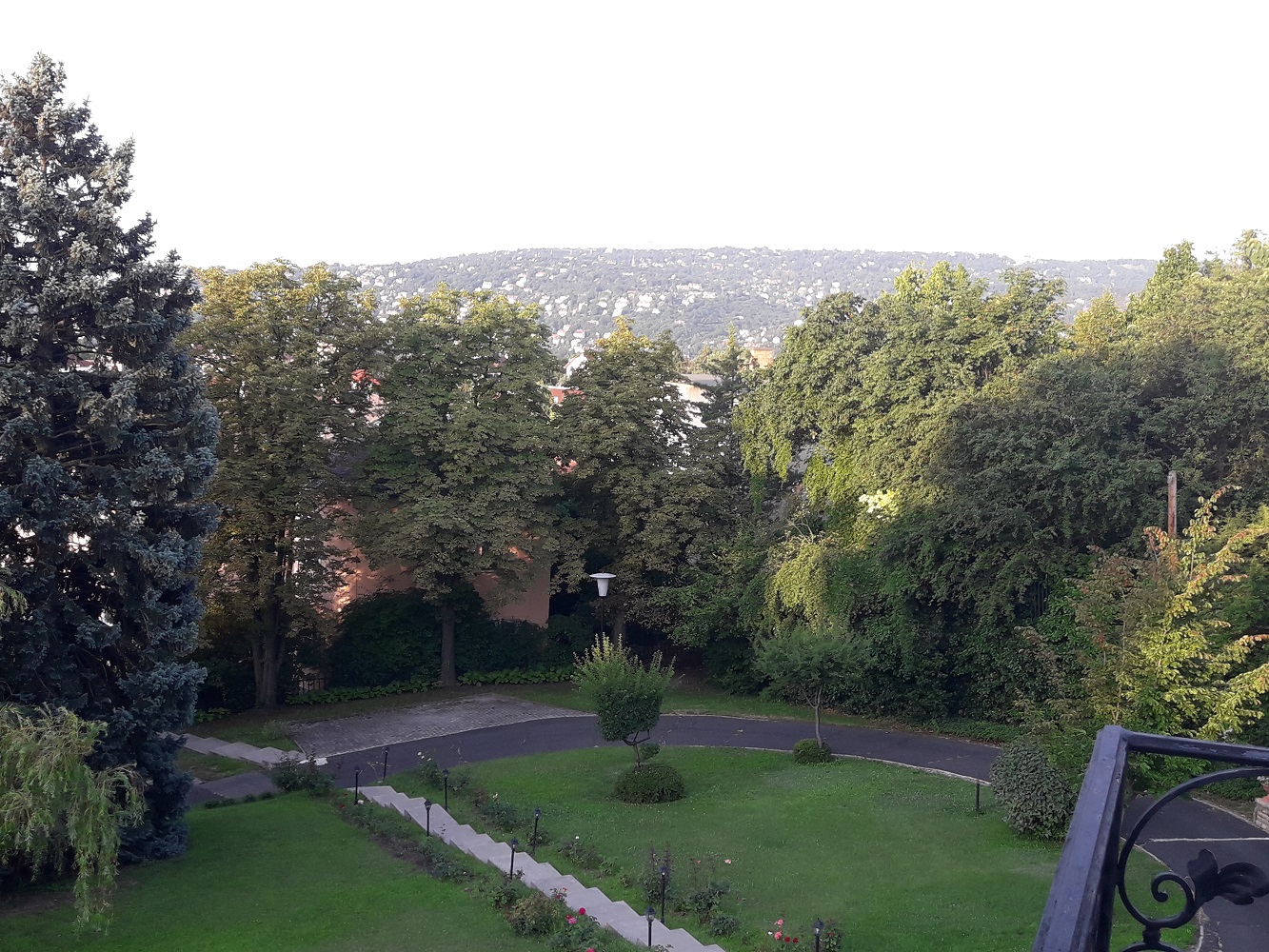
This painting like view, With the hills providing a beautiful background
